Ski Boots Guide
Size and fit
ill-fitting ski boots can lead to discomfort, decreased performance, and even potential injury. To ensure a proper fit, start by measuring your foot length and width, and use a size chart provided by manufacturers to find the perfect size. Additionally, consider the flex rating of ski boots, which measures how stiff the boot is. Some popular examples of ski boots that excel in size and fit include the Salomon S/Pro 130 HV for those with a wider foot, the Atomic Hawx Prime 120 for a medium width foot, and the Dalbello Panterra 120 which offers adjustability for varying foot sizes and shapes.
These ski boots cater to different foot widths and come in various flex ratings to accommodate individuals with different levels of skill and preference. It is recommended to try on different brands and models to find the one that suits your specific foot shape and skiing style. Remember, a well-fitting ski boot ensures a comfortable and enjoyable skiing experience.
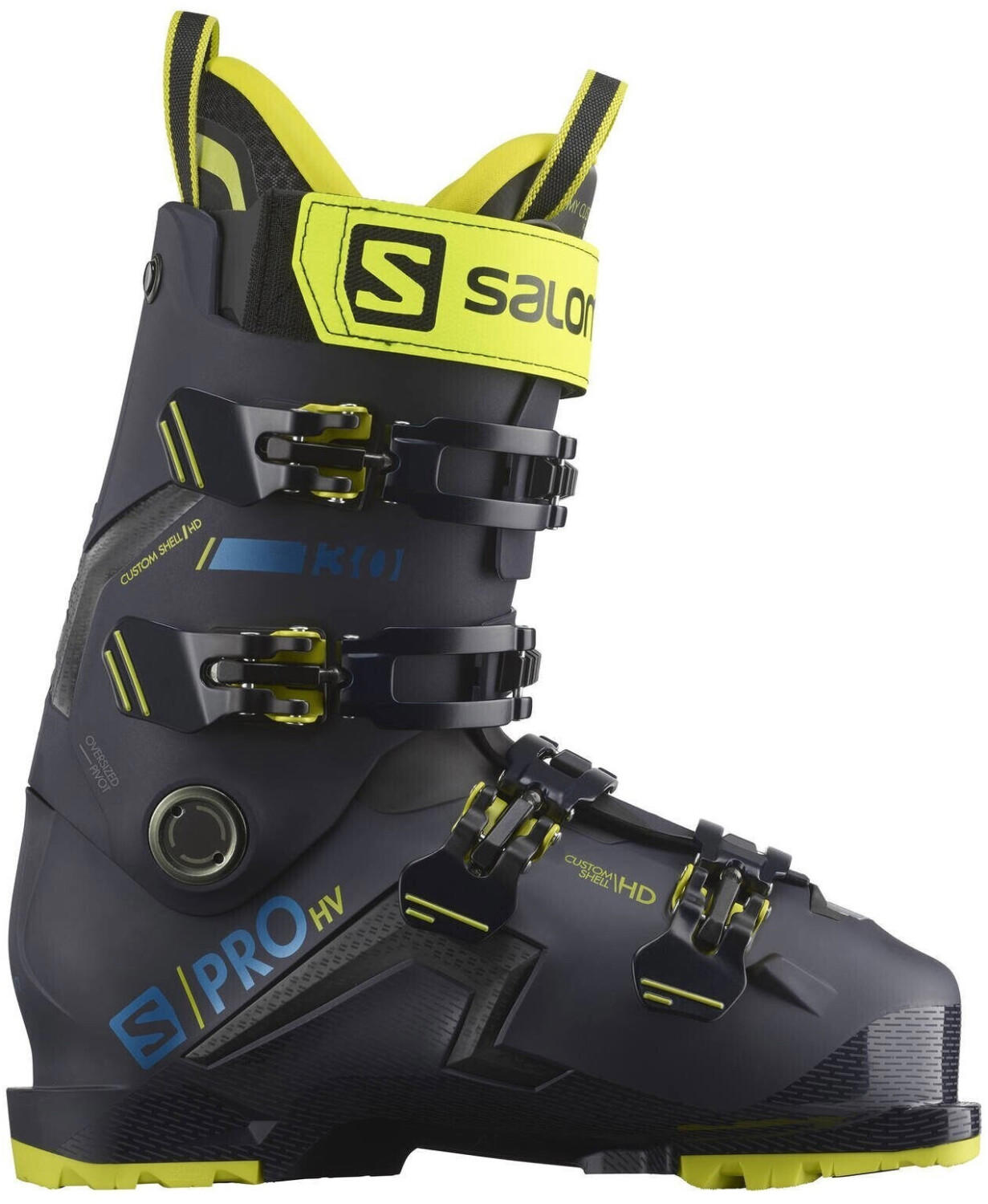
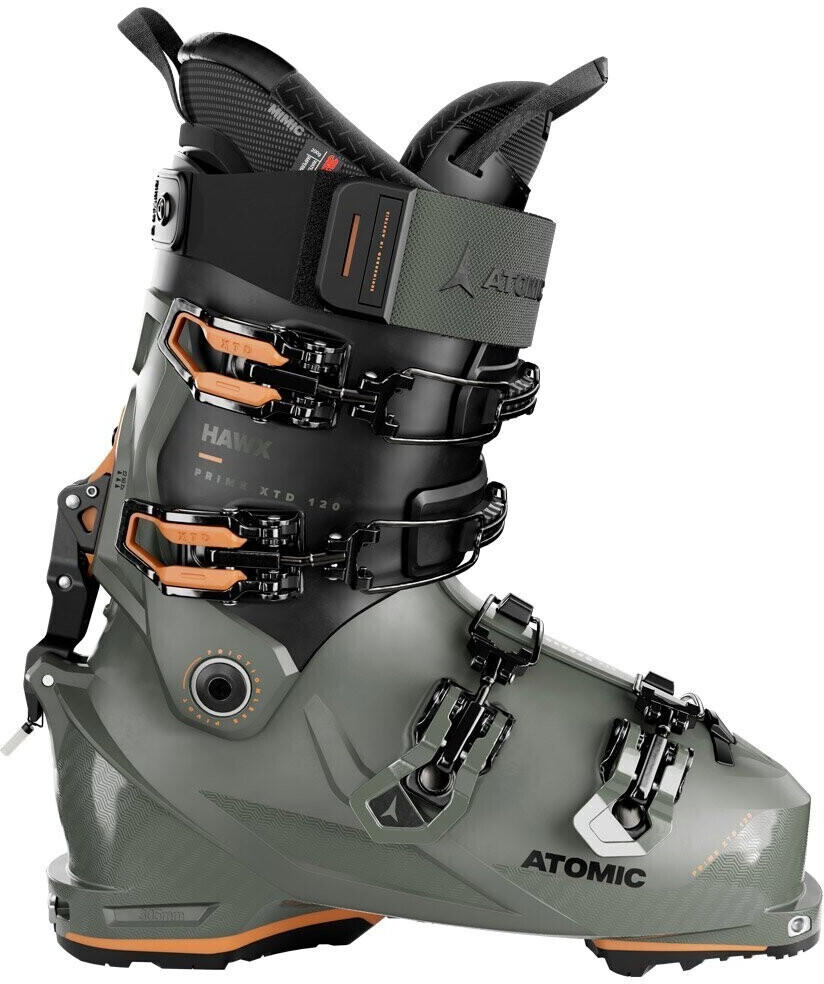
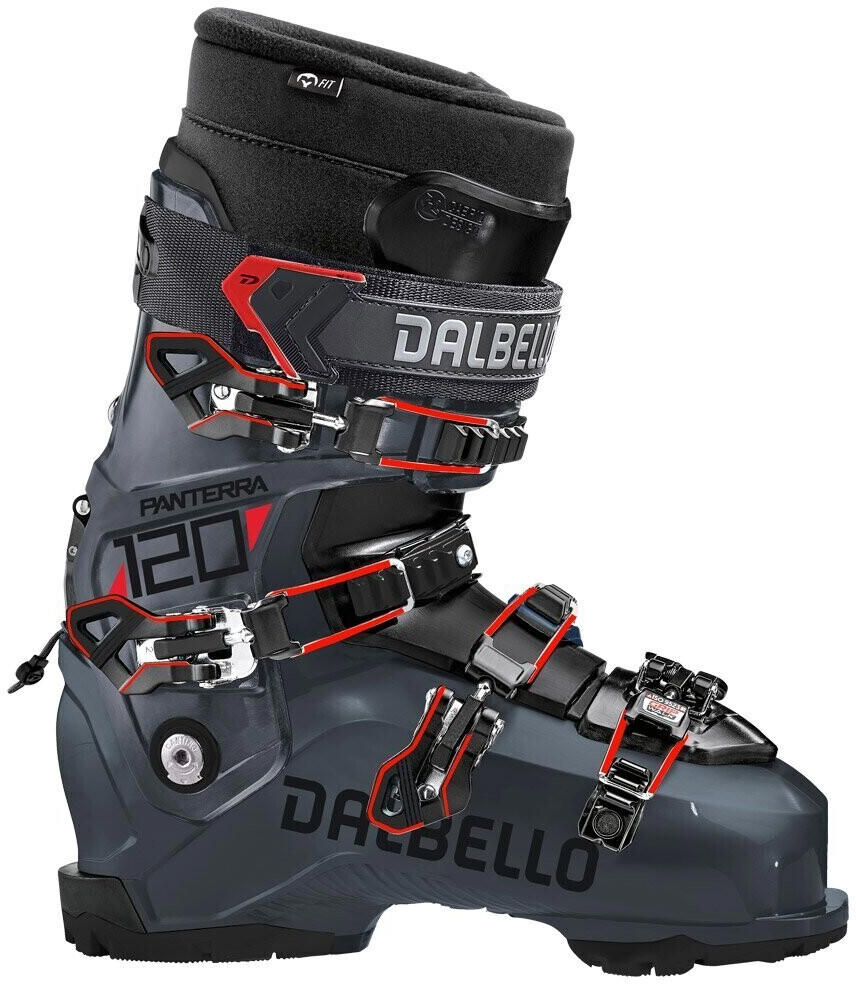
Flex index
It is important to select a flex index that matches your skiing abilities, as it greatly impacts your performance on the slopes. Beginners and intermediate skiers typically prefer boots with a softer flex index, around 80-90, as they provide more comfort and forgiveness. On the other hand, advanced and professional skiers typically go for a stiffer flex index, around 110-130, as it offers better responsiveness and control at higher speeds.
There are several ski boots available on the market that cater to different flex index preferences. For beginners and intermediates, the Salomon X Pro 80 Ski Boots are an excellent choice. With a flex index of 80, these boots provide a comfortable and forgiving option for those developing their skills. Another great option in this segment is the Atomic Hawx Prime 90 Ski Boots, which offers a slightly stiffer flex index suitable for progressing skiers.

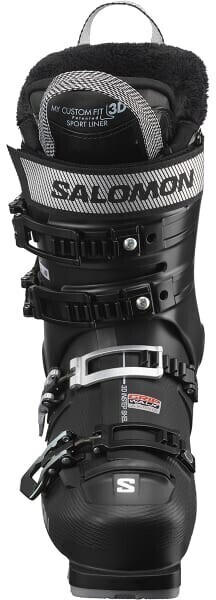
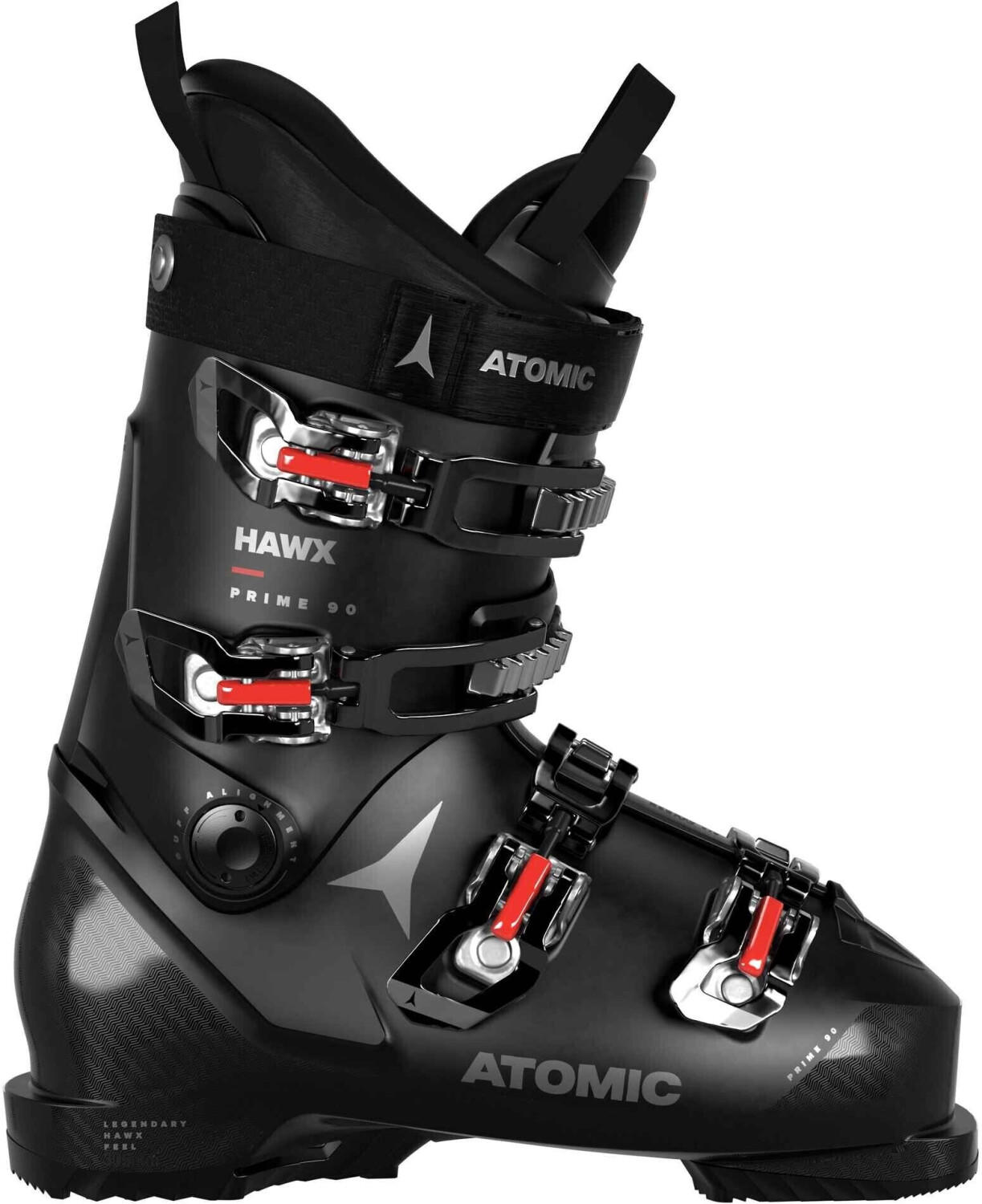
For advanced and professional skiers, the Dalbello Panterra 130 ID Ski Boots provide an unparalleled flex index of 130. These boots offer exceptional stiffness and responsiveness, ensuring uncompromising control at high speeds and on challenging terrain. In the same segment, the Rossignol Alltrack Pro 130 Ski Boots boast a flex index of 130 as well, making them an excellent choice for aggressive skiers looking for maximum power transfer and performance.
Skill level
Beginner skiers should look for boots that offer comfort and ease of use to help develop their skills. One popular option for beginners is the 'Rossignol Evo 70' ski boots. These boots feature a soft flex rating, making it easier for skiers to initiate turns and control their movements on the slopes. Another great choice for beginners is the 'Atomic Hawx Magna 80' boots, which offer a forgiving flex and a wider width to accommodate those with wider feet.
Intermediate skiers who have honed their skills might prefer boots with a bit more responsiveness and performance. The 'Salomon X Access 70' is an excellent choice for intermediates, featuring a medium flex, customizable fit, and adjustable buckles for enhanced comfort and precision. For more advanced intermediate skiers, the 'Nordica Cruise 90' boots are a fantastic option, with a stiffer flex rating and improved power transmission for increased control and performance on varied terrain.
Advanced skiers looking to push their limits should consider boots with a stiff flex rating and precise fit. The 'Dalbello Panterra 120' boots cater to advanced skiers with their aggressive flex, customizable fit, and efficient power transmission. Another top-tier option is the 'Technica Mach1 MV 130' boots, which boast an extremely stiff flex rating, heat moldable shell and liner, and advanced features designed to maximize performance and response.
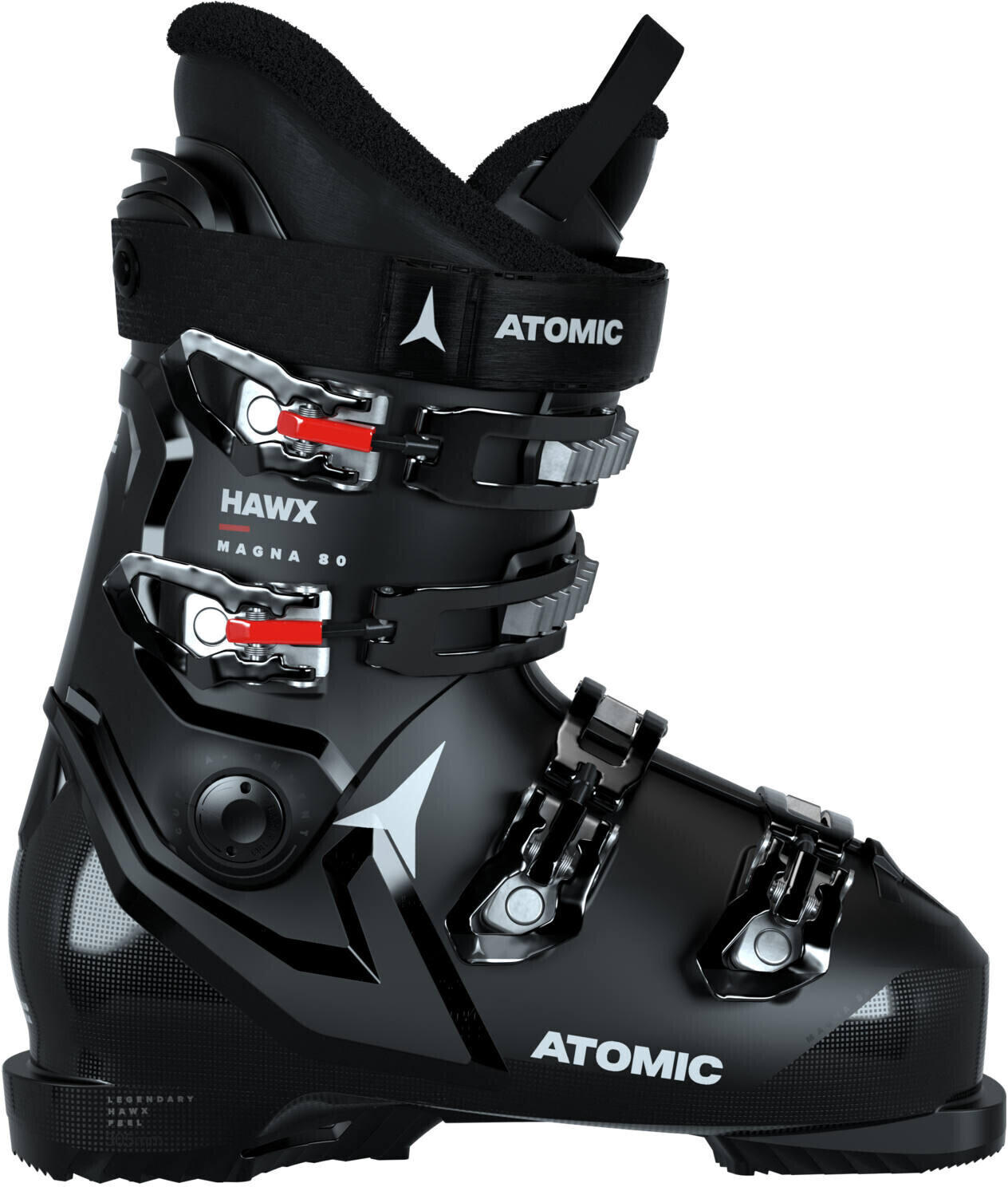

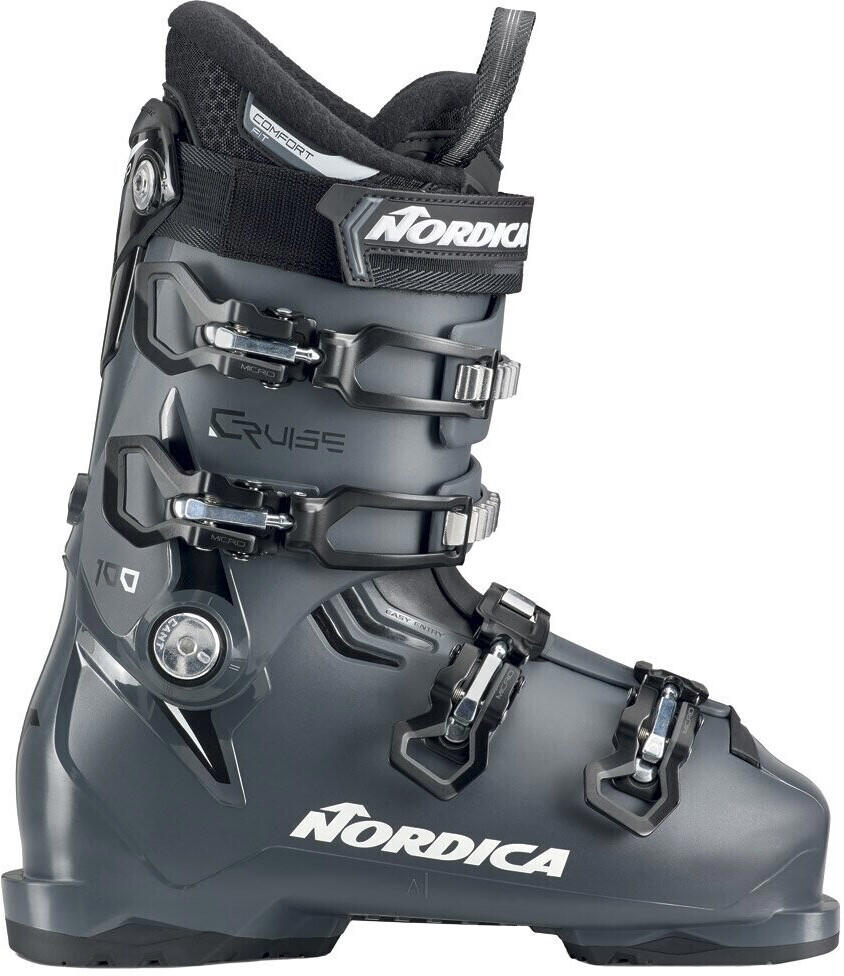


Remember, choosing the right ski boots based on your skill level can greatly enhance your skiing experience and overall enjoyment on the mountain.
Gender
Men and women have different anatomical features and ski boot manufacturers have designed specific models to accommodate these differences. For women, ski boots are typically designed with a narrower heel and lower calf volume to better suit their unique shape. Additionally, they often have shorter cuffs and lower flex ratings to accommodate female skiers' lower center of gravity and generally lighter weight.
High-performance women ski boots such as the Nordica Speedmachine 95W or the Salomon X Pro 90W are great options for advanced female skiers. These boots offer excellent control and responsiveness on the mountain, allowing for precise turns and increased performance. For intermediate skiers, comfort-focused boots like the Dalbello Kyra 85 or the Atomic Hawx Prime 95 W provide a supportive fit while still offering ample flex and maneuverability. Beginner women skiers may want to consider boots like the Rossignol Pure Pro Heat or the Head Dream FTD, which provide a softer flex and extra insulation for improved comfort and warmth. Overall, by selecting ski boots specifically designed for their gender, women can enhance their skiing experience and maximize their performance on the slopes.



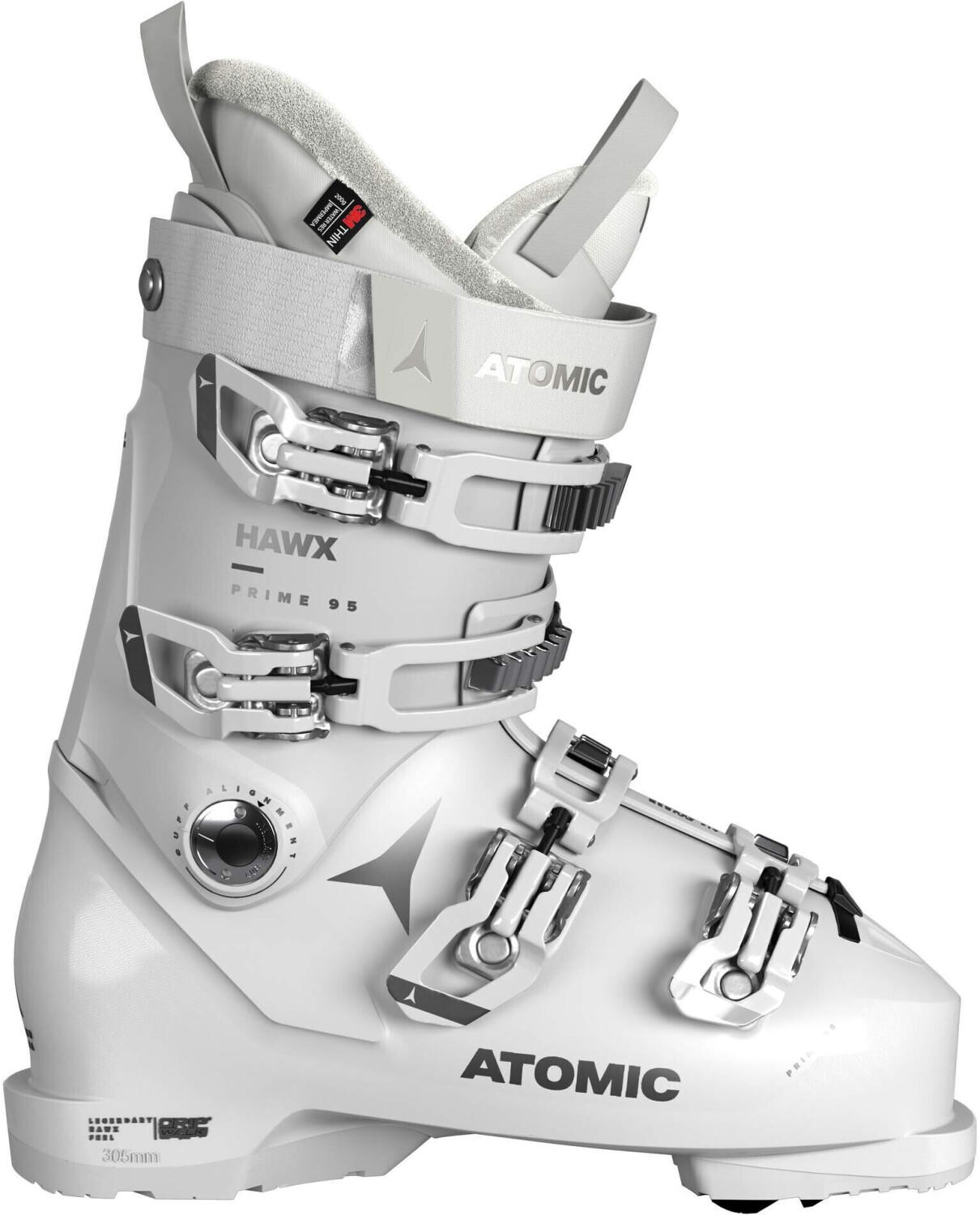
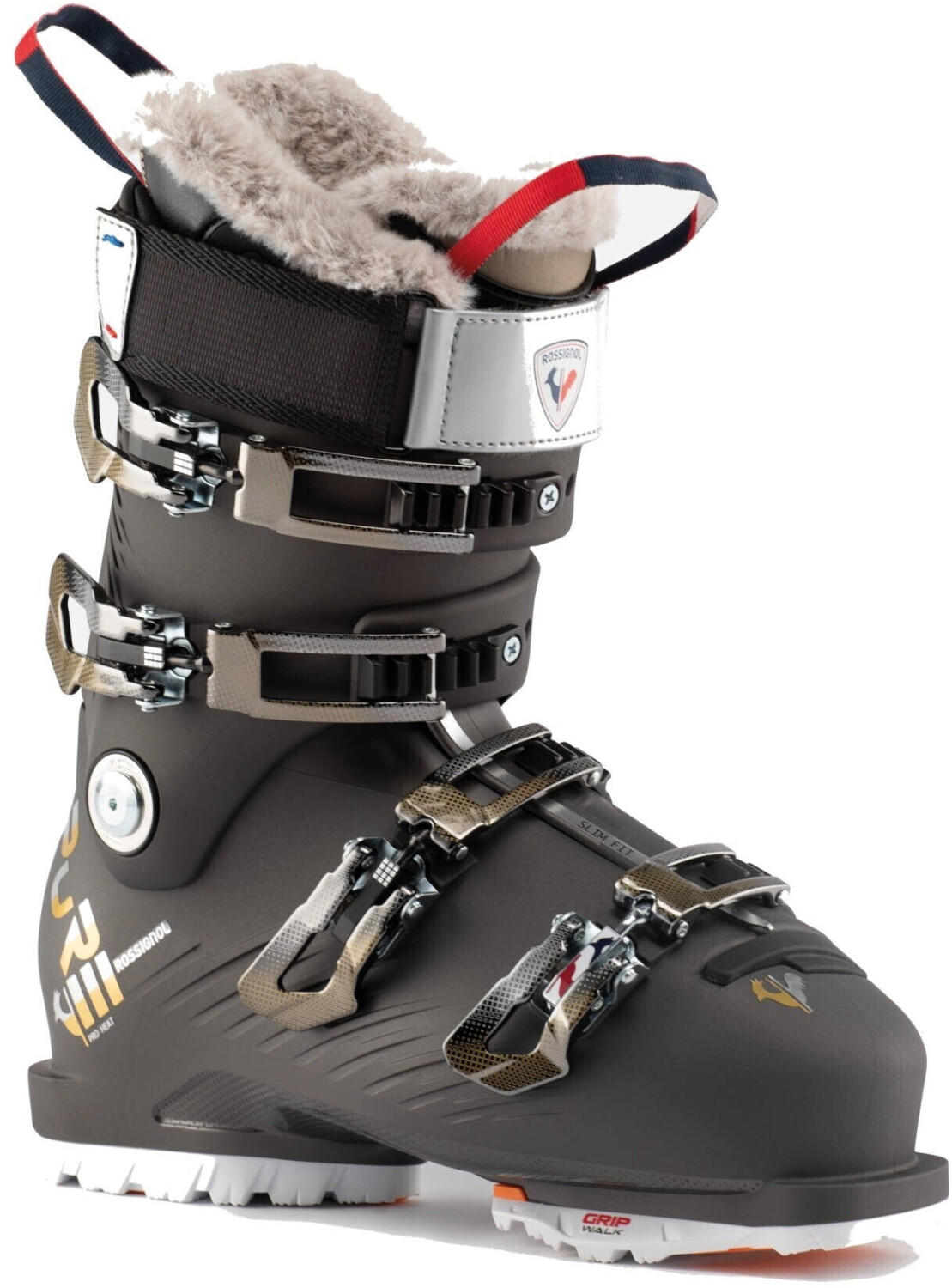
Terrain preference
Different ski boots are designed for specific types of terrain, so it is important to choose the right boots that suit your skiing style. If you are mainly a piste skier who sticks to groomed runs and enjoys carving turns, consider boots that offer excellent responsiveness and precision. The Salomon S/PRO 120 Ski Boots are a recommended option for piste skiers. These boots feature a customizable shell and liner, providing a perfect fit for maximum control on the slopes. Another option is the Head Nexo LYT 130 Ski Boots, which are known for their precise power transmission and stability on groomed terrain.
On the other hand, if you enjoy exploring off-piste and tackling variable conditions, then all-mountain or freeride ski boots will be more suitable. The Atomic Hawx Prime XTD 120 Ski Boots are versatile boots that offer a balance of performance and comfort. These boots have a progressive shell design for enhanced responsiveness and vibration damping. Another great option for all-mountain skiers is the Rossignol Alltrack Pro 130 Ski Boots, which provide exceptional power and precision in any terrain. These boots also feature GripWalk soles for easier walking and hiking in different conditions.
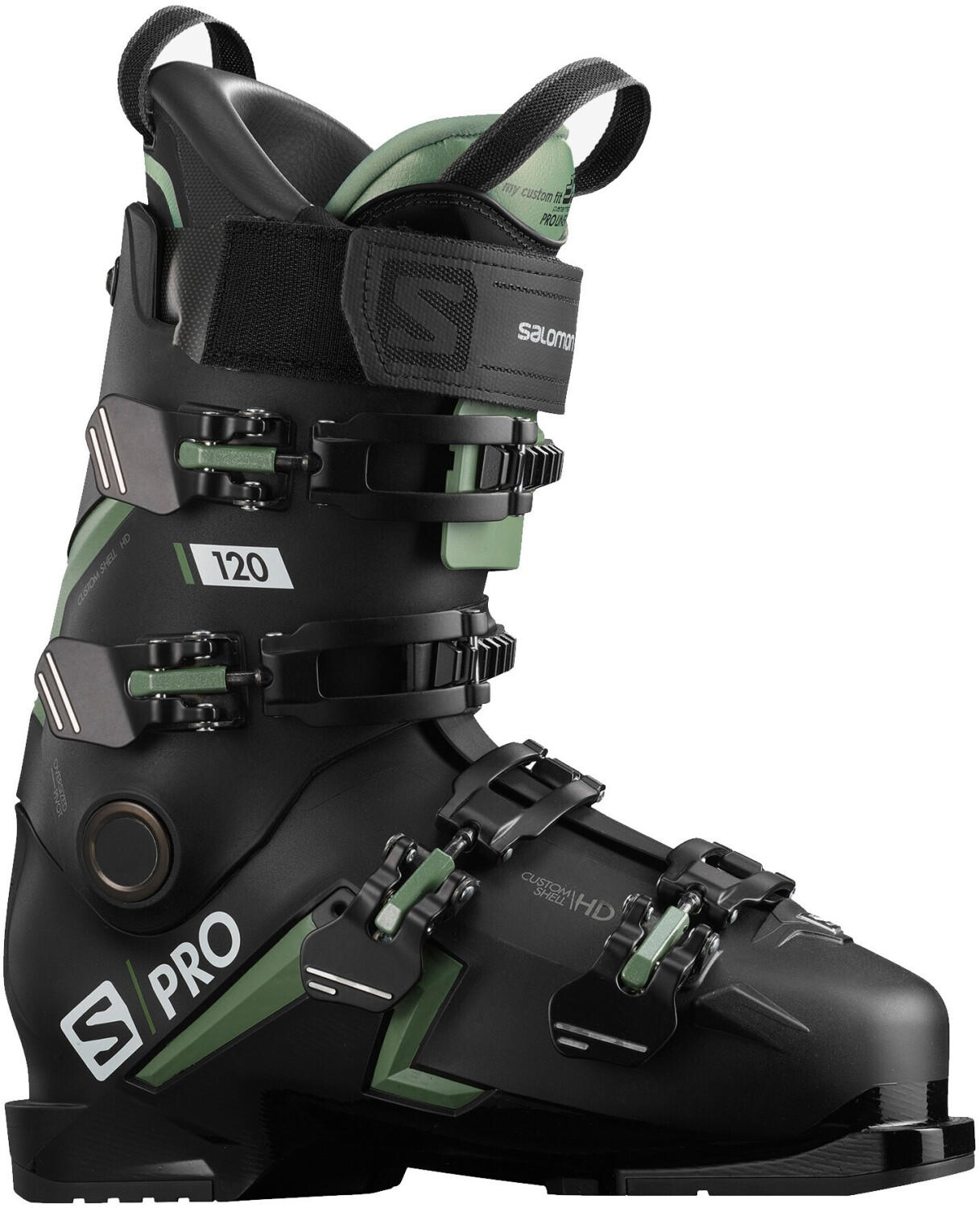


Remember to take your terrain preference into account when choosing ski boots, as it will greatly affect your overall experience on the slopes. Each of the mentioned boots is designed to excel in specific terrains, so select the one that best suits your skiing style.
Boot last
It is important to select a boot with the correct boot last for your foot size and shape to ensure a comfortable fit and optimal performance on the slopes. Some ski boots are designed with a narrow boot last, such as the Salomon X Pro 100 CS, which offers a precise and snug fit for skiers with narrow feet. On the other hand, there are boots with a wider boot last, like the Atomic Hawx Magna 100, which provides a more generous fit for those with wider feet or who prefer a more comfortable feel. It's worth mentioning that some brands offer ski boots with varying boot last options, such as the Rossignol Allspeed Pro 120, which comes in both 98mm and 100mm boot last versions to cater to skiers with different foot widths. Remember to choose a ski boot with a boot last that suits your foot shape for the best skiing experience.
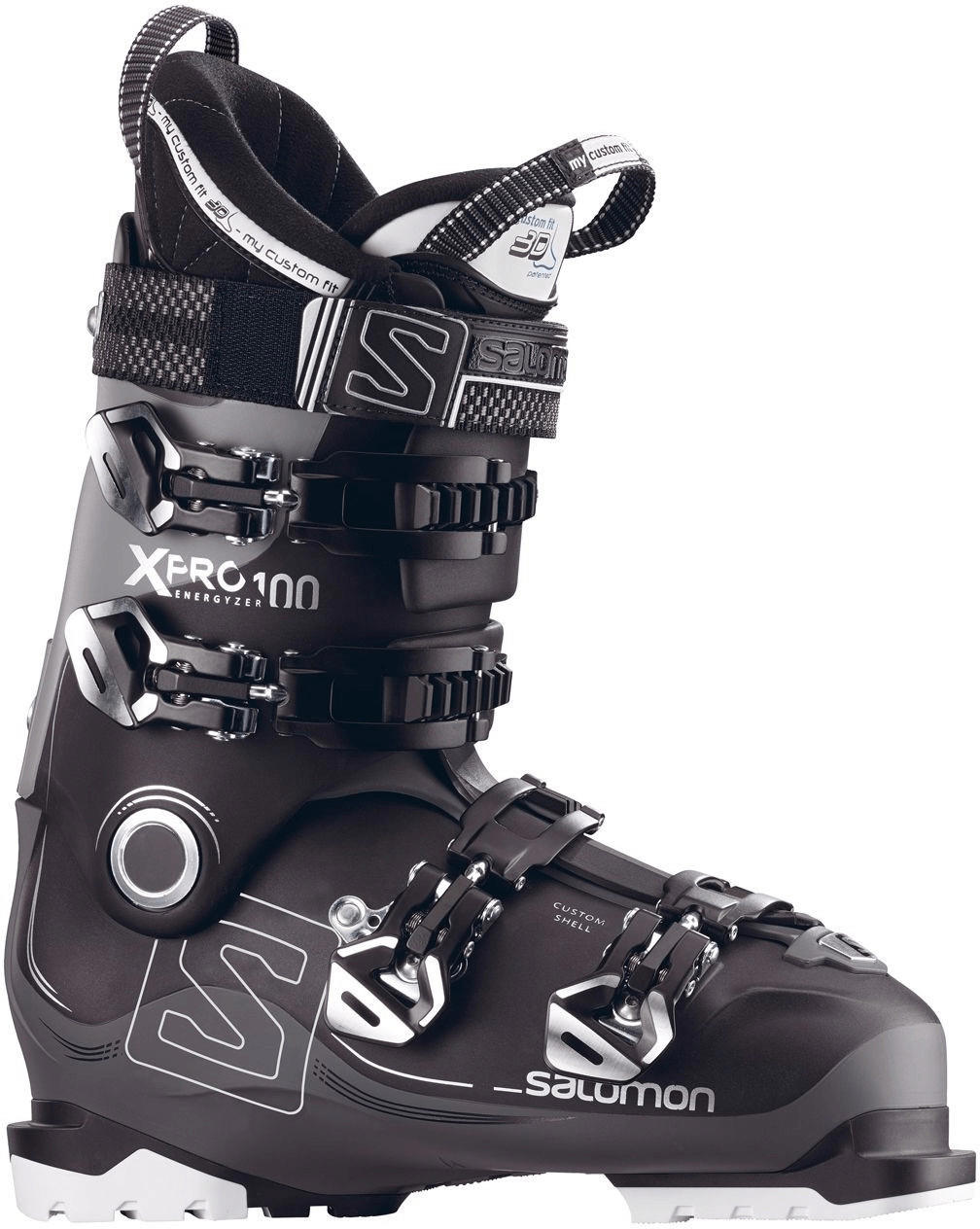
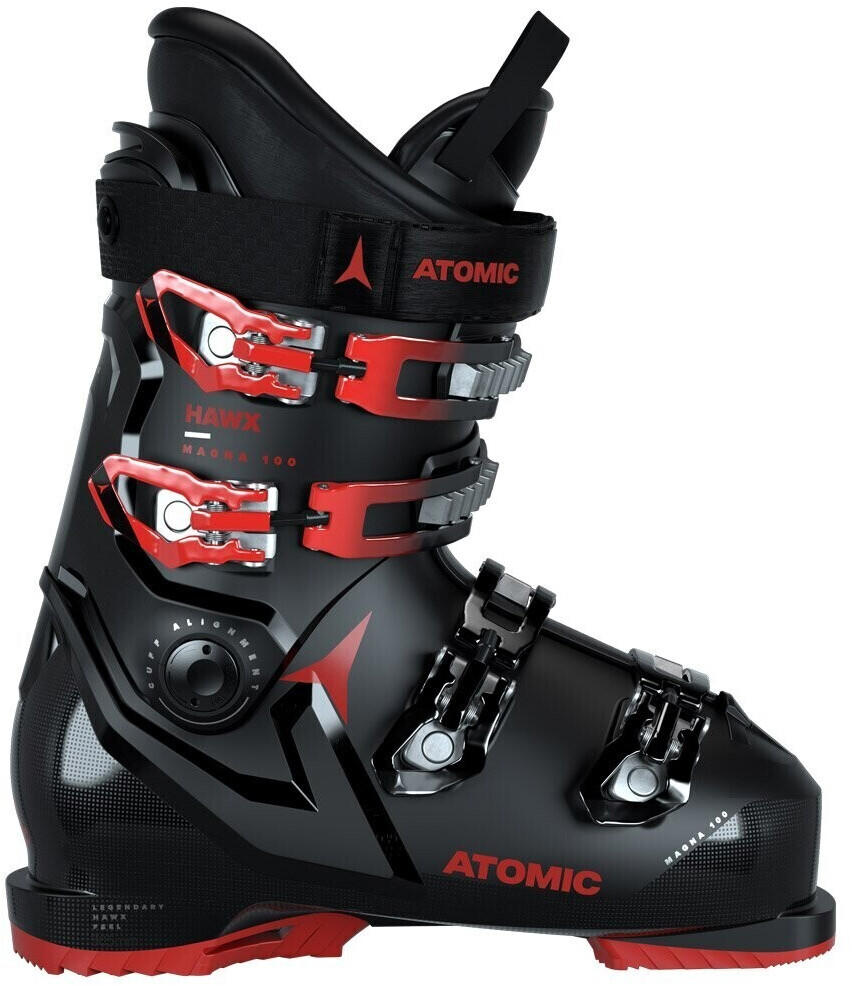
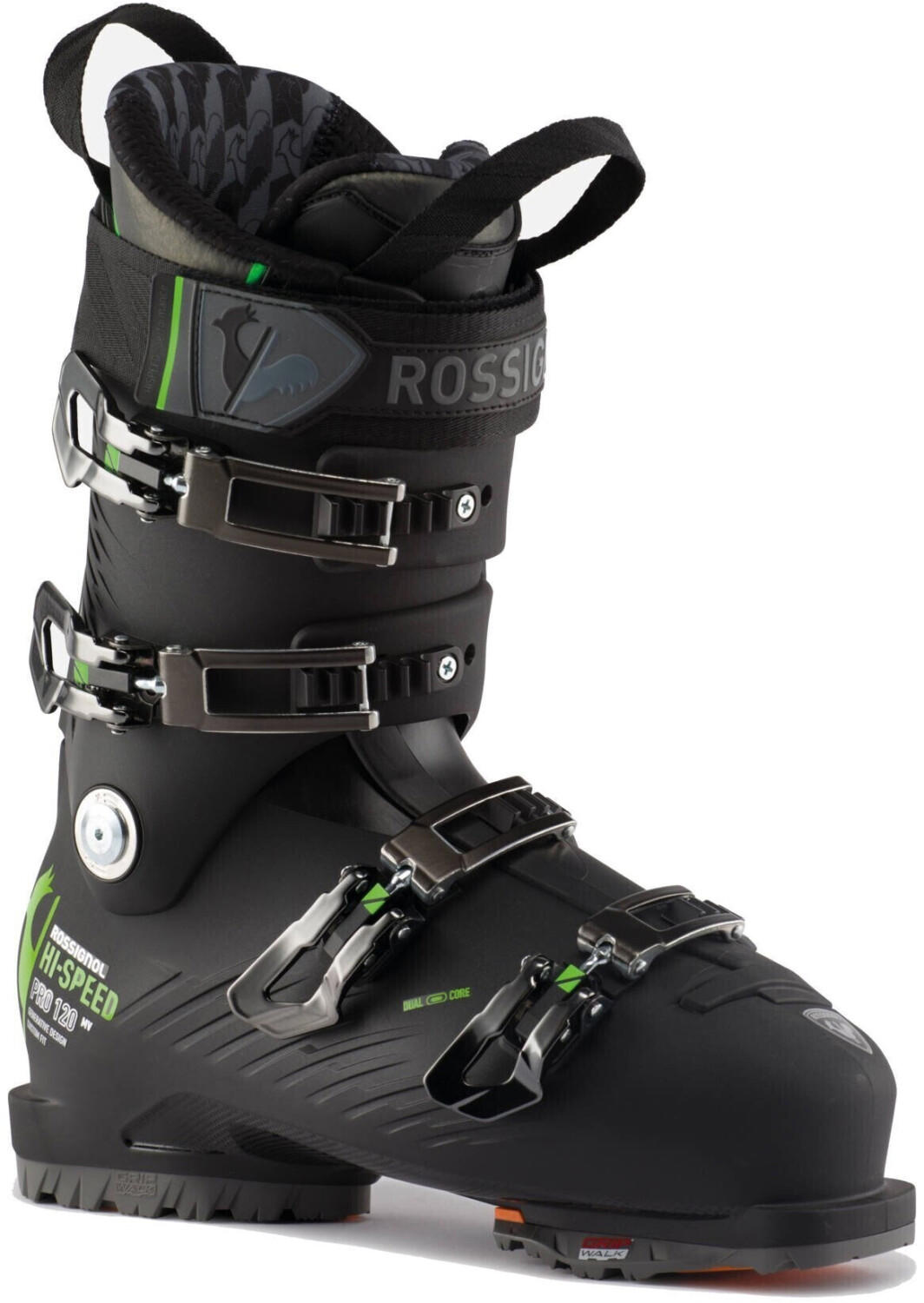
Boot weight
Boot weight can greatly impact your performance on the slopes, as a lighter boot provides more agility and precision. Therefore, if you are looking for lightweight boots, consider products like the Salomon X Max 120 or the Nordica Speedmachine 130. These boots are known for their lightweight design, making them ideal for carving quick turns and navigating through variable terrain. The Salomon X Max 120 weighs only 1620 grams per boot and features a carbon spine for added rigidity, while the Nordica Speedmachine 130 weighs in at 1790 grams and utilizes Primaloft insulation for extra comfort without the extra weight. Both of these boots are widely regarded as excellent options for those seeking lightweight ski boots.
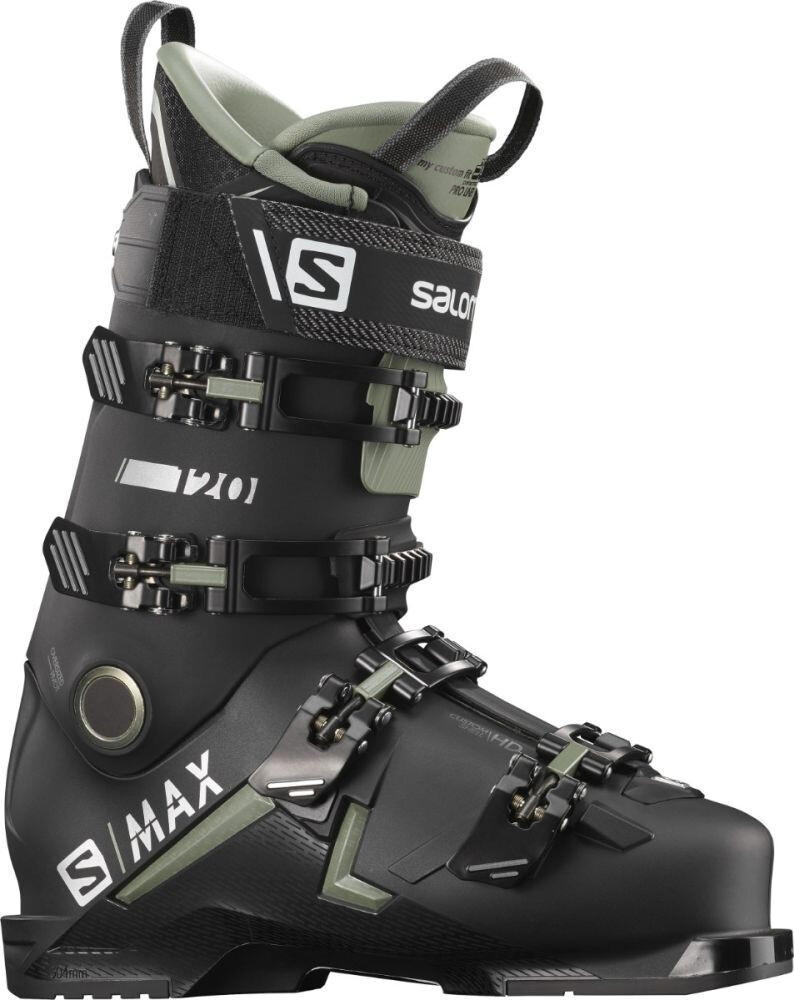
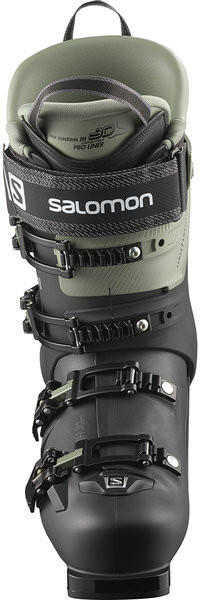

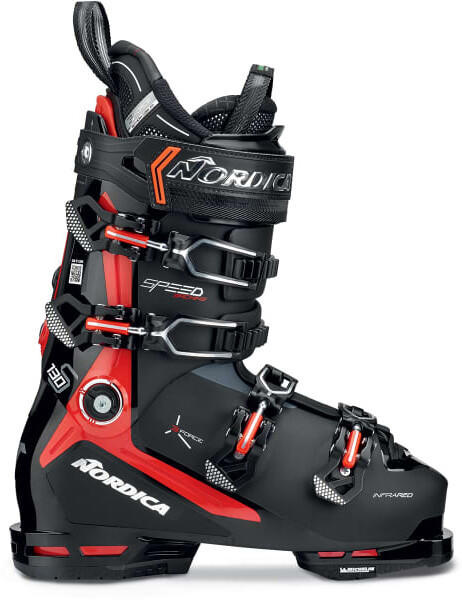
Buckle type
There are several types of ski boot buckles available, each offering its own advantages. Traditional ski boots typically come with either 2 or 4 buckles. Two-buckle designs offer simplicity and ease of use, making them suitable for beginners or those who prefer a quicker entry and exit. Popular products with two buckles include the Atomic Hawx Prime 100 Ski Boots and the Salomon X Access 70 Wide Ski Boots. On the other hand, four-buckle designs provide a more secure fit and allow for better customization options. These boots are ideal for advanced skiers who value precise control and performance. Noteworthy options in the four-buckle category include the Dalbello Panterra 100 Ski Boots and the Rossignol All Track 90 Ski Boots. Ultimately, the choice between two or four buckles depends on your skill level, preference, and skiing style.


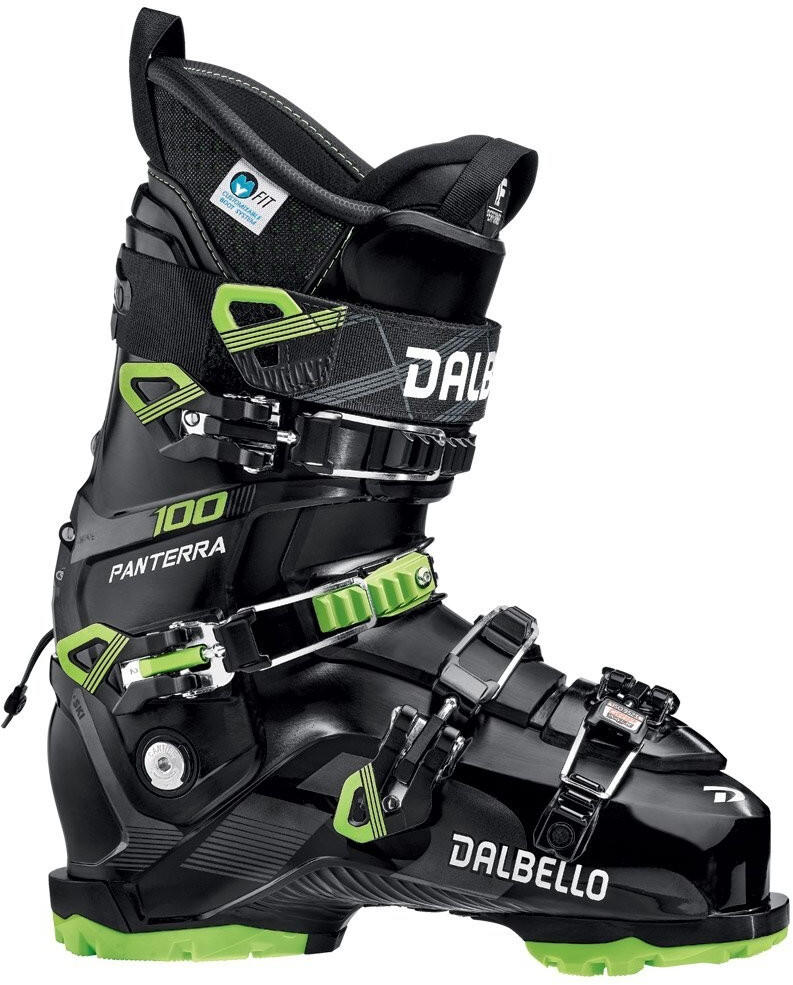
Liner material
The liner plays a crucial role in providing comfort, warmth, and support while skiing. There are different types of liner materials available, each offering its own set of benefits.
One popular liner material is thermoformable foam, like the Intuition liners found in the Tecnica Cochise ski boots. These liners can be heat-molded to provide a customized fit to the skier's foot shape, and offer excellent insulation for keeping feet warm in colder temperatures.
Another option is the Thinsulate insulation found in the Salomon QST Pro ski boots. Thinsulate is a lightweight material that provides superior warmth and moisture resistance, making it ideal for longer skiing sessions. This type of liner material is also quick-drying, helping to prevent the buildup of sweat and odor.
There are also ski boots with liners made from custom-moldable materials such as the Conformable liners in the Head Nexo LYT ski boots. These liners are designed to adapt to the skier's foot shape over time, providing a snug and comfortable fit. They are also breathable, allowing for better air circulation inside the boot to prevent overheating.
In summary, when choosing ski boots, consider the liner material and its specific characteristics such as heat-moldability, insulation, and breathability. Some popular choices in the market include the Tecnica Cochise ski boots with thermoformable foam liners, the Salomon QST Pro ski boots with Thinsulate insulation, and the Head Nexo LYT ski boots with custom-moldable Conformable liners.
Heat molding ability
This feature allows the boots to be customized and molded to the shape of your feet, providing a comfortable and personalized fit. Some ski boots on the market that offer excellent heat molding ability include the Salomon S/Pro 120 and the Atomic Hawx Prime 120. Both these boots feature advanced heat moldable liners that can be adjusted to fit every contour of your feet. Additionally, the liners of these boots have strategic areas that can be heated and molded to correct any pressure points, ensuring a perfect fit and maximum comfort on the slopes.

Bootboard material
The bootboard is the part of the boot that connects the liner to the ski, providing a stable and comfortable platform for your feet. Different bootboard materials offer different performance characteristics. One popular material is EVA Foam, which provides excellent cushioning and helps to absorb vibrations for a smooth ride. A great example of ski boots utilizing this material is the Salomon QST Pro 130 TR. Another option is a bootboard made from injected plastic, which offers a lightweight yet rigid platform. The Atomic Hawx Ultra XTD 130 is a top-tier ski boot featuring this material. Finally, some ski boots utilize cork bootboards, which excel at heat insulation and molding to the shape of your foot for a personalized fit. A fantastic option with a cork bootboard is the Rossignol Alltrack Elite 130. Each of these materials has its own advantages, so be sure to consider your specific needs and preferences when selecting the right ski boot for you.
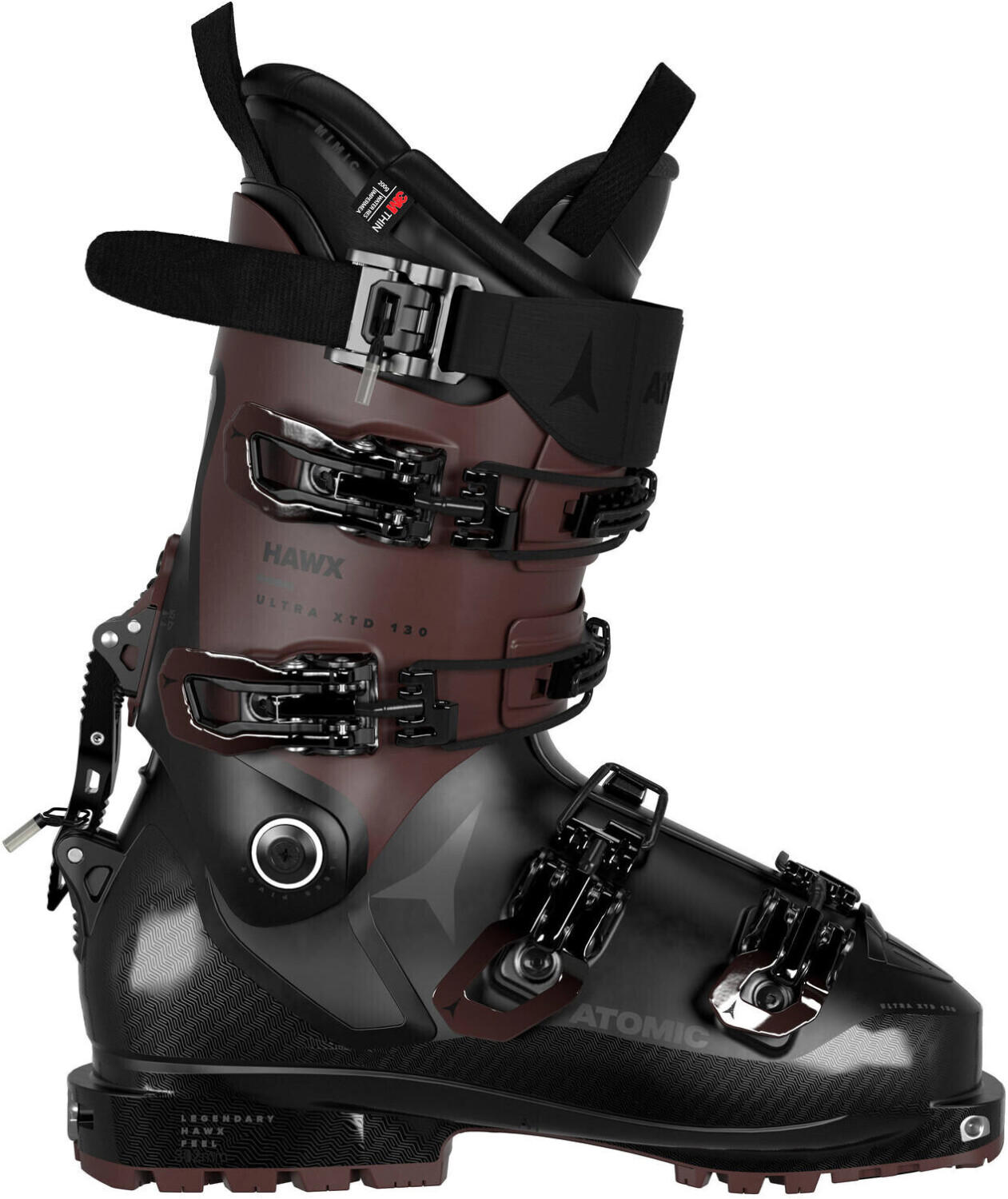

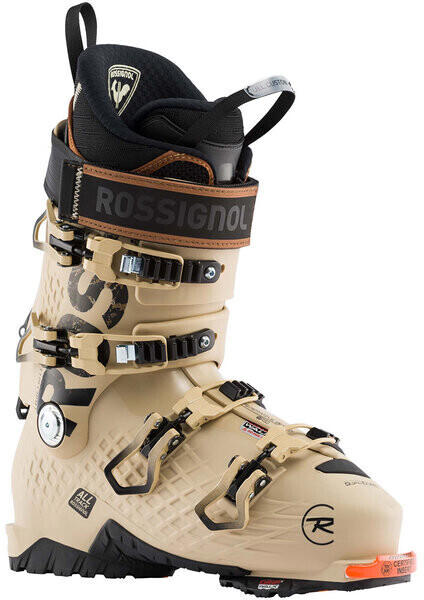
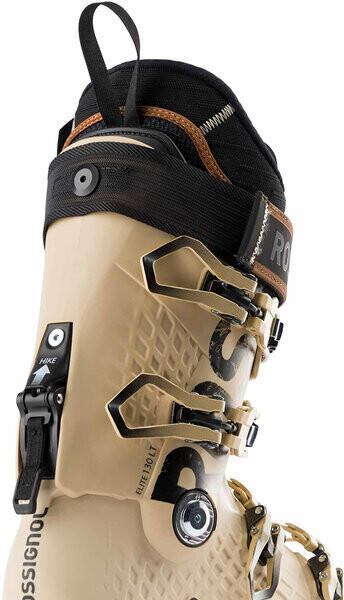
Cuff alignment
It ensures that your boots align with your lower leg and create the necessary balance and control while skiing. Many skiers have natural misalignments in their lower leg, such as varus (bow-legged) or valgus (knock-kneed) conditions. Therefore, having customizable cuff alignment in your ski boots is essential for optimal performance.
One example of a ski boot that offers customizable cuff alignment is the Atomic Hawx Prime 130 S. This boot features Atomic's Memory Fit 3D liner that adapts to the individual shape of your foot. It also has a Power Shift feature that allows you to adjust the forward lean angle (up to 17 degrees) and fine-tune the flex of your boots. With its Energy Backbone construction, the Atomic Hawx Prime 130 S provides precision control and efficient power transmission.
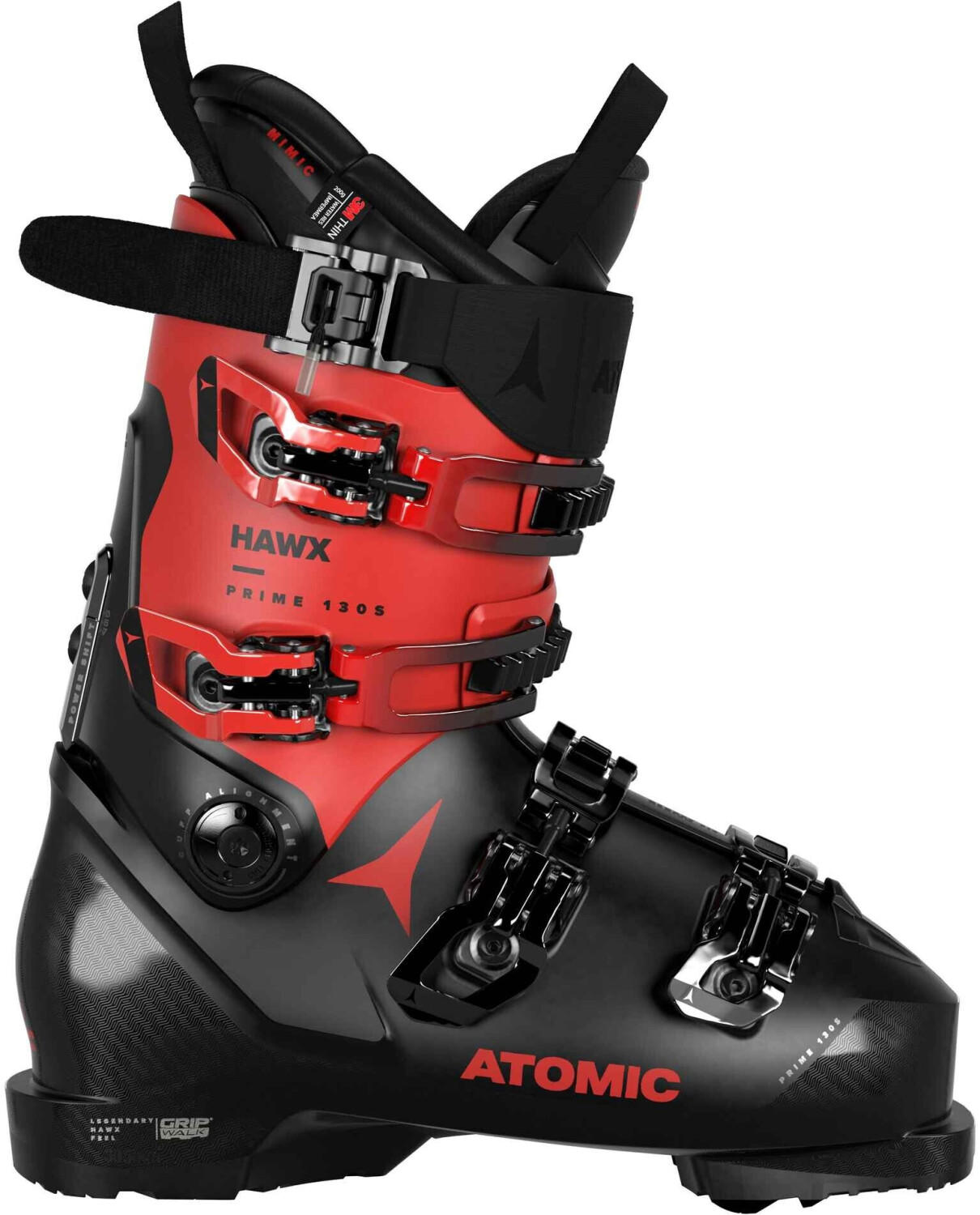

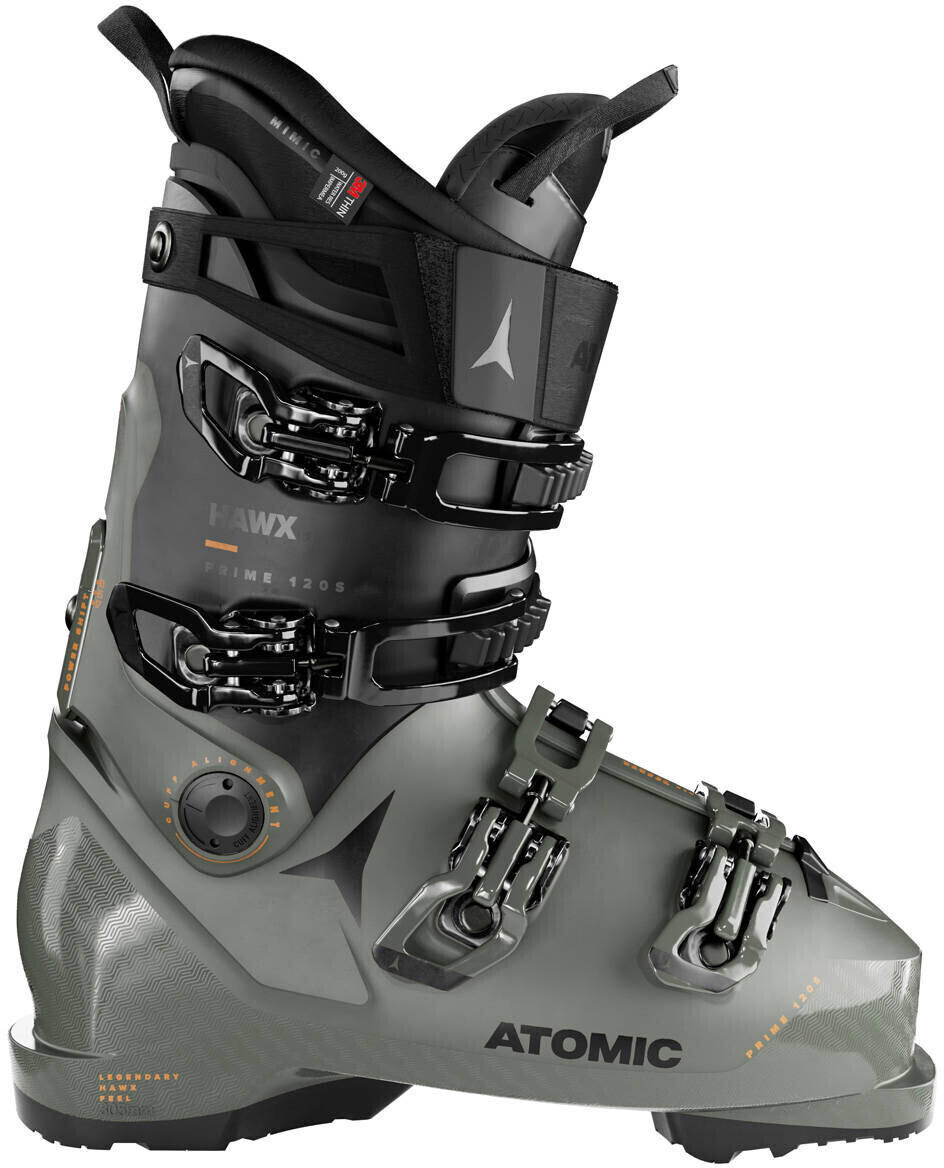
Another option for customizable cuff alignment is the Salomon X-Pro 120. This boot offers a Twinframe 2 shell design, which provides a combination of stiffness and flexibility for optimal performance. It also features a custom shell that can be heated and molded to better fit your foot shape. The Salomon X-Pro 120 has an adjustable flex mechanism, allowing you to switch between a more forgiving mode for comfort and a stiffer mode for responsiveness on the slopes. Overall, these features ensure a personalized fit and advanced cuff alignment for a superior skiing experience.
Canting adjustment
Canting adjustment allows skiers to align their legs and board to optimize performance and reduce fatigue. Many ski boots come with canting adjustment options that help correct natural alignment issues, such as bowleggedness or knock-knees. For example, the Atomic Hawx Prime 120 S is a versatile ski boot that offers a 3-degree outward canting adjustment. Similarly, the Salomon S/PRO 120 ski boots have an adjustable canting system that allows skiers to fine-tune their boot alignment for optimal comfort and precision on the slopes. Other notable ski boot examples with canting adjustment include Nordica Speedmachine 130 and Rossignol Alltrack Pro 130. Each of these boots provides customizable canting adjustments to ensure skiers achieve their desired performance and stance.
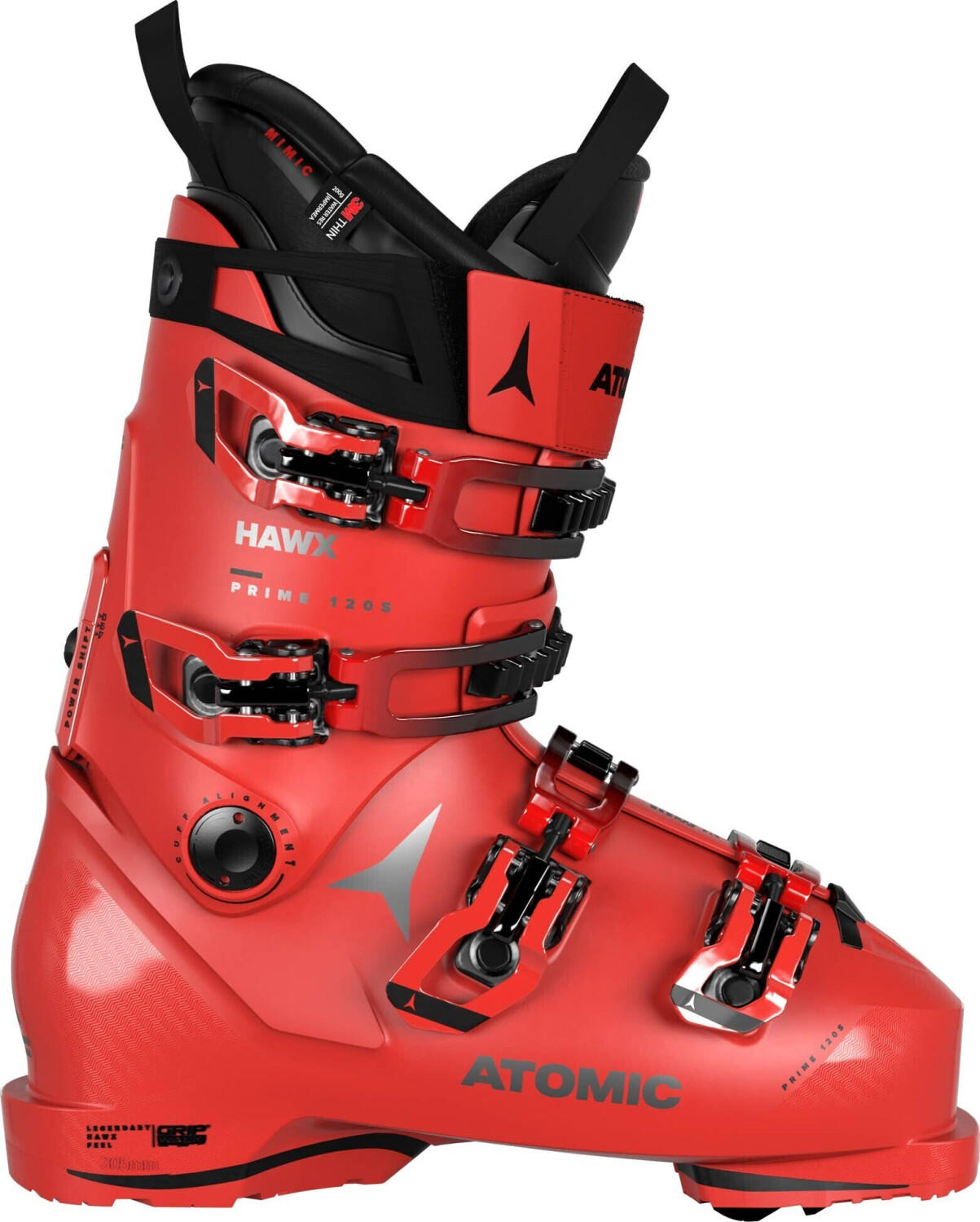
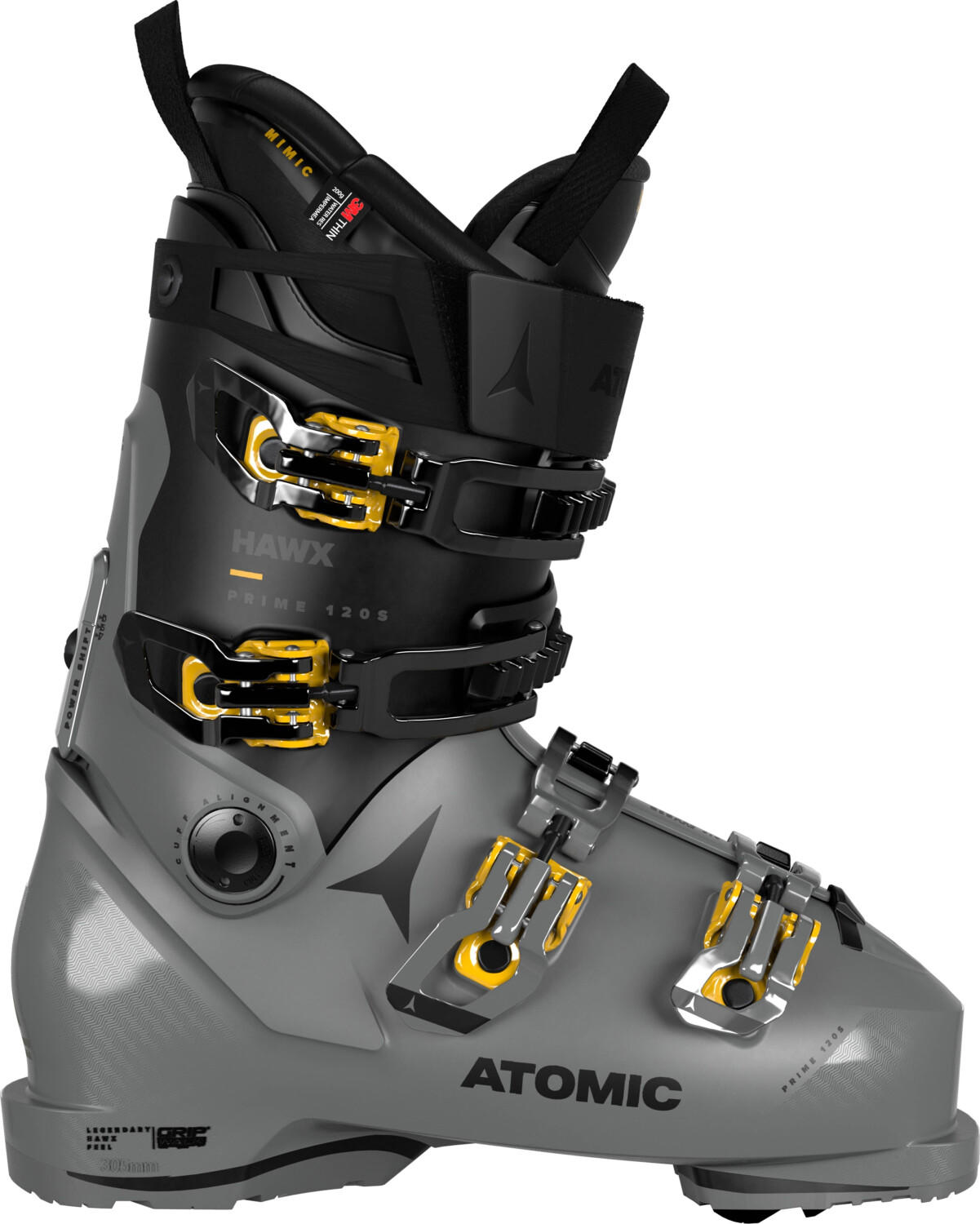


Walk mode
It allows you to release the cuff from the lower shell of the boot, enabling a broader range of motion for easier walking. One notable product that excels in this aspect is the Atomic Hawx Ultra XTD 130. It is a versatile and high-performance boot that features a Free/Lock 4.0 Walk mechanism, offering 54 degrees of cuff rotation for excellent mobility when touring. Another great option to consider is the Salomon S/Pro HV 130. Equipped with a Smart Frame insert, this boot enables easy unlocking of the cuff for immediate hike mode. Its hike and ride mechanism deliver a 50-degree range of rotation, providing a comfortable and efficient walking experience.



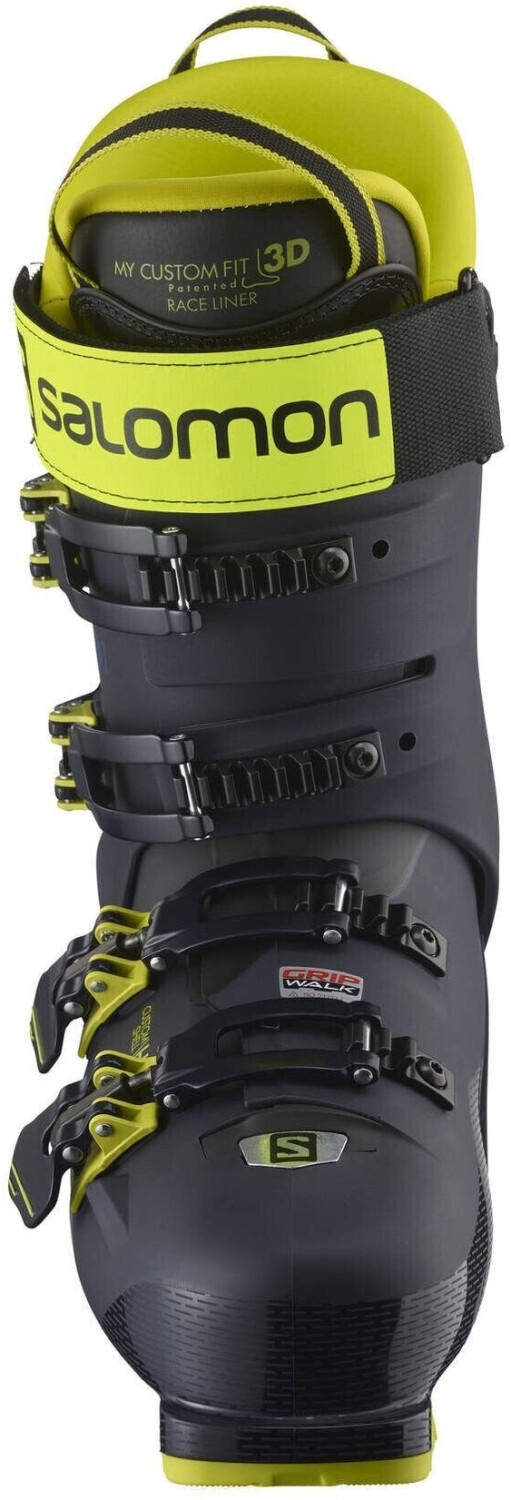
Alpine sole compatibility
Alpine ski boots typically have a specialized sole that is designed to fit into the bindings of downhill skis. These soles are usually made of durable and non-slip materials to enhance your comfort and safety on the slopes.
One example of ski boots with Alpine sole compatibility is the Atomic Hawx Prime 120. These boots feature an Alpine sole and are designed for advanced skiers seeking a precise fit and maximum power transmission. They have a flex rating of 120, offering a responsive and aggressive performance on the mountain.
Another option is the Salomon S/Pro 100. These boots are also equipped with an Alpine sole and are aimed at intermediate to advanced skiers. With a comfortable 100 flex, they provide a good balance between performance and comfort. The integrated round toe design and grippy sole ensure secure and seamless connection to your downhill skis.

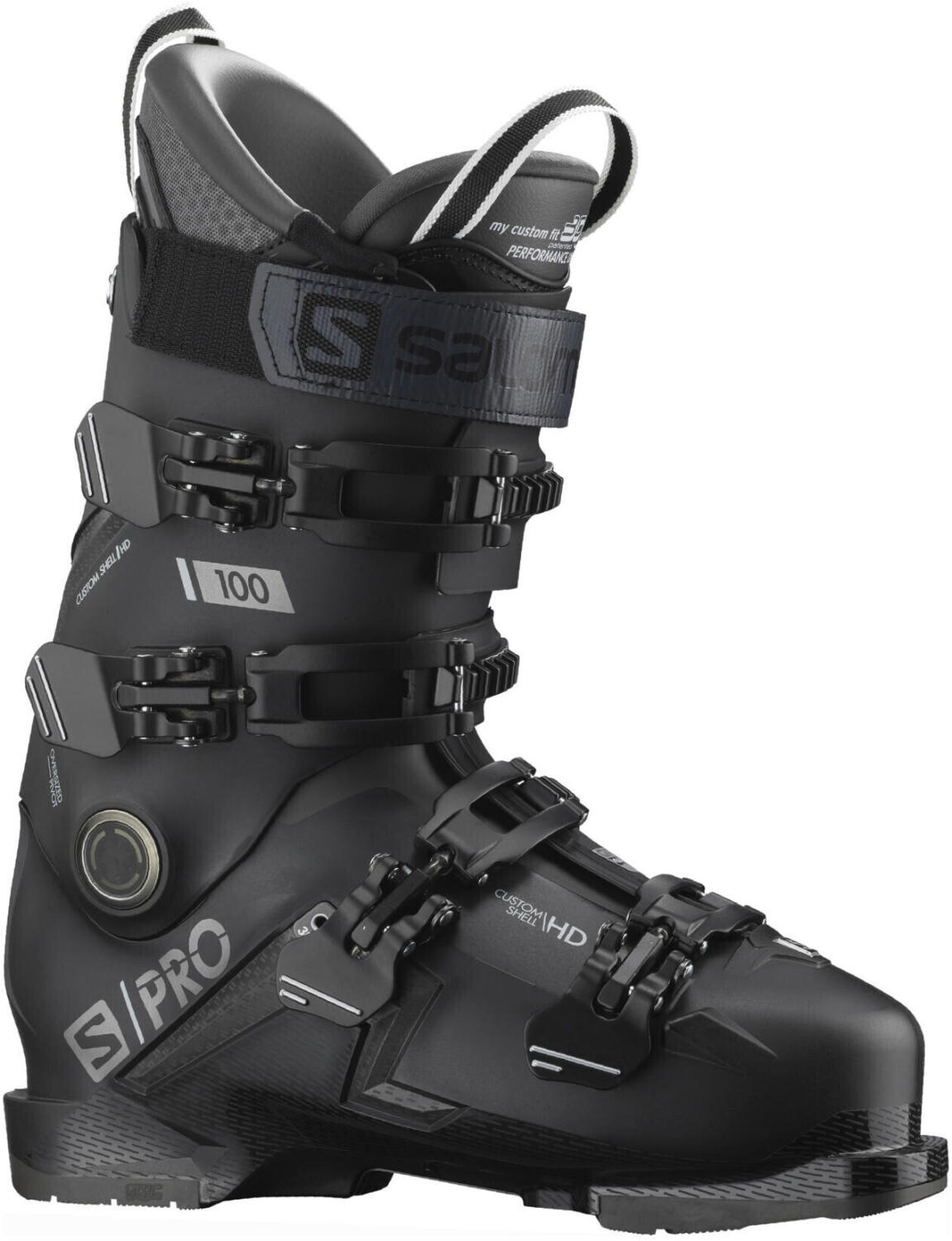
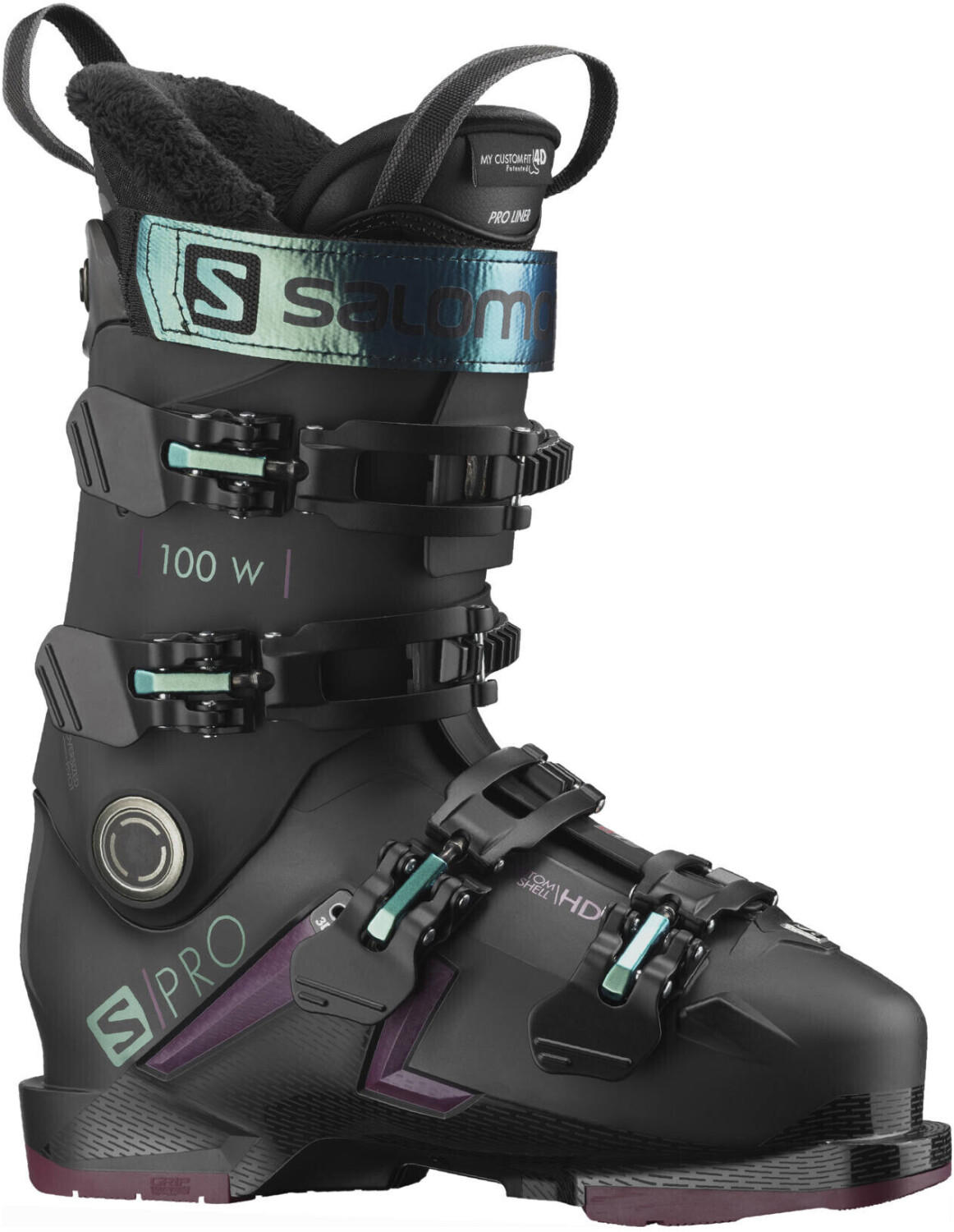
Make sure to choose ski boots that have Alpine sole compatibility to ensure a proper fit and optimal performance with your skiing equipment.
Ski boot binding compatibility
Ski boot bindings are the mechanism that connects the ski boots to the skis, and it is vital to ensure that the ski boots you choose are compatible with the bindings you have or plan to purchase.
There are different types of bindings available on the market, such as Alpine bindings, Nordic bindings, and Touring bindings. Alpine bindings are the most common type and are suitable for downhill skiing. Some popular ski boot models that are compatible with Alpine bindings include the Atomic Hawx Ultra XTD 130 and the Salomon S/PRO 120. Nordic bindings, on the other hand, are used for cross-country skiing, and if you are looking for boots compatible with this type of binding, you may consider the Rossignol X-10 FW or the Fischer Offtrack 5 BC. Lastly, touring bindings are designed for ski touring or backcountry skiing, and boots such as the Dynafit TLT7 Performance and the La Sportiva Spectre 2.0 are compatible options for this type of binding. It is crucial to check the compatibility specifications of both the ski boots and the bindings to ensure a proper fit and function.

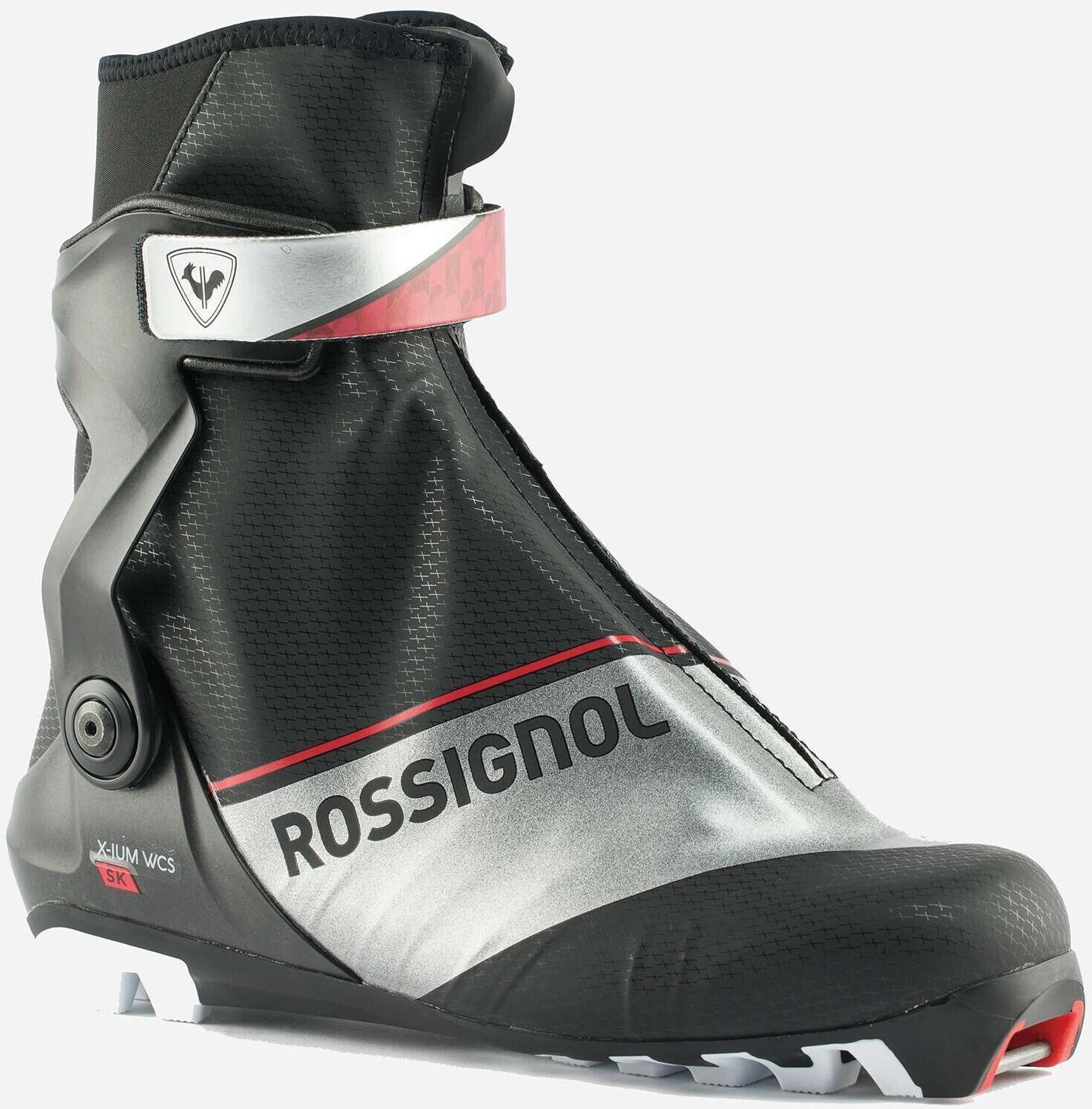

Boot liner customization
A well-fitting boot liner is crucial for both comfort and performance on the slopes. Many ski boot manufacturers offer customization options such as heat molding, which allows the liner to mold to the specific shape of your foot. One particular product that excels in this aspect is the Atomic Hawx Ultra XTD 130. It comes with a thermoformable liner that can be heat molded for a personalized fit. It also has memory fit technology, ensuring optimal support and comfort during long days on the mountain. For those looking for even more customization, the Salomon S/Pro 120 is another great option. It features a customizable liner made with My CustomFit 3D technology, allowing for easy and quick molding to your foot shape.


Boot entry and exit mechanism
This refers to how easy it is to put on and take off the ski boots. One example of a ski boot with a user-friendly entry and exit mechanism is the Dalbello DS MX 80 ski boot. It features an easy to use, single buckle closure system, allowing for quick and effortless entry and exit. Additionally, it has a wide opening at the front, making it easier for your feet to slide in and out of the boot. Another option is the Salomon X-Pro 100 ski boot, which offers a seamless 360° Custom Shell fit, providing a comfortable fit and easy on-off dynamics.
Segment 1 - Beginner/Intermediate: The Atomic Hawx Prime 90 ski boot is designed for skiers at the beginner to intermediate level, featuring a user-friendly entry and exit mechanism with a 4-buckle closure system allowing precise fitting and secure closure.
Segment 2 - Advanced/Expert: The Nordica SpeedMachine 130 ski boot is targeted towards advanced to expert skiers. Its entry and exit mechanism are enhanced with a seamless weather shield, preventing the ingress of snow and ice, ensuring easy entry and exit even in extreme weather conditions.

Segment 3 - Freestyle: The Full Tilt Drop Kick ski boot caters to the needs of freestyle skiers. It features a 3-piece shell design with a tongue that opens a full 90 degrees, providing a wide opening for quick and easy boot entry and exit during tricks and jumps.
Boot stiffness
Boot stiffness refers to how rigid or flexible the boot's shell is, and it plays a crucial role in determining how well the energy from your legs is transferred to the skis. Generally, stiffer boots are recommended for more advanced skiers who ski at higher speeds or on challenging terrain, as they provide better precision and responsiveness. On the other hand, softer boots are often favored by beginners or less aggressive skiers for their increased comfort and ease of use.
In terms of specific products, a great example of a stiff ski boot is the Atomic Hawx Prime XTD 130. With a flex rating of 130, it offers excellent energy transmission and control, making it ideal for aggressive skiers who prefer steep slopes and high-speed carving. Another option is the Dalen Epic Racer, which also boasts a stiff flex of 130. Designed for racing and expert skiers, it features a narrow fit and a carbon fiber shell for maximum power transfer. For those seeking a softer boot, the Salomon X Access 70 is a fantastic choice. With a flex rating of 70, it provides a more forgiving and comfortable experience, perfect for beginners or recreational skiers. Similarly, the Rossignol Alltrack Pro 80 offers a flex of 80, combining versatility with a softer boot feel.
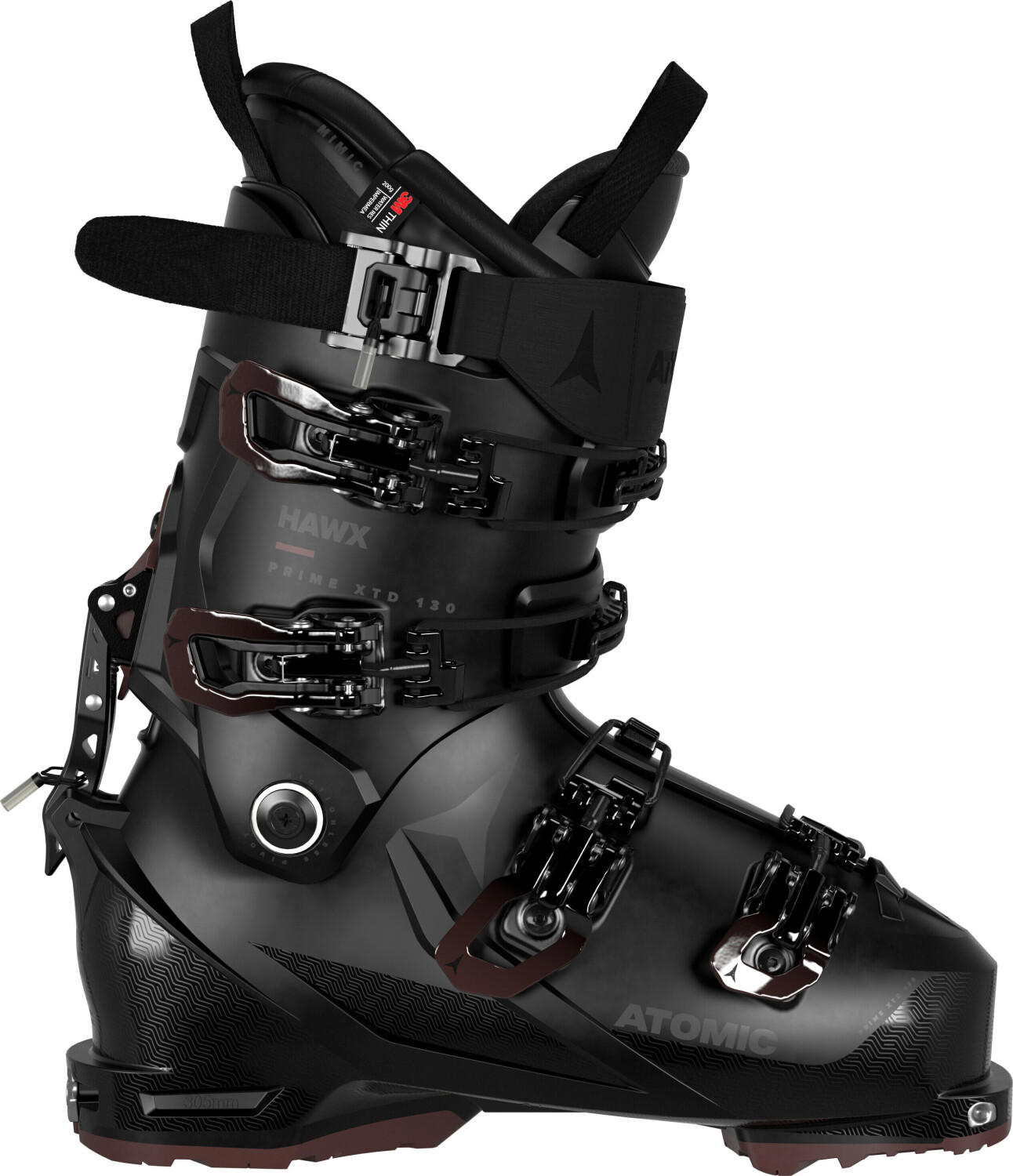

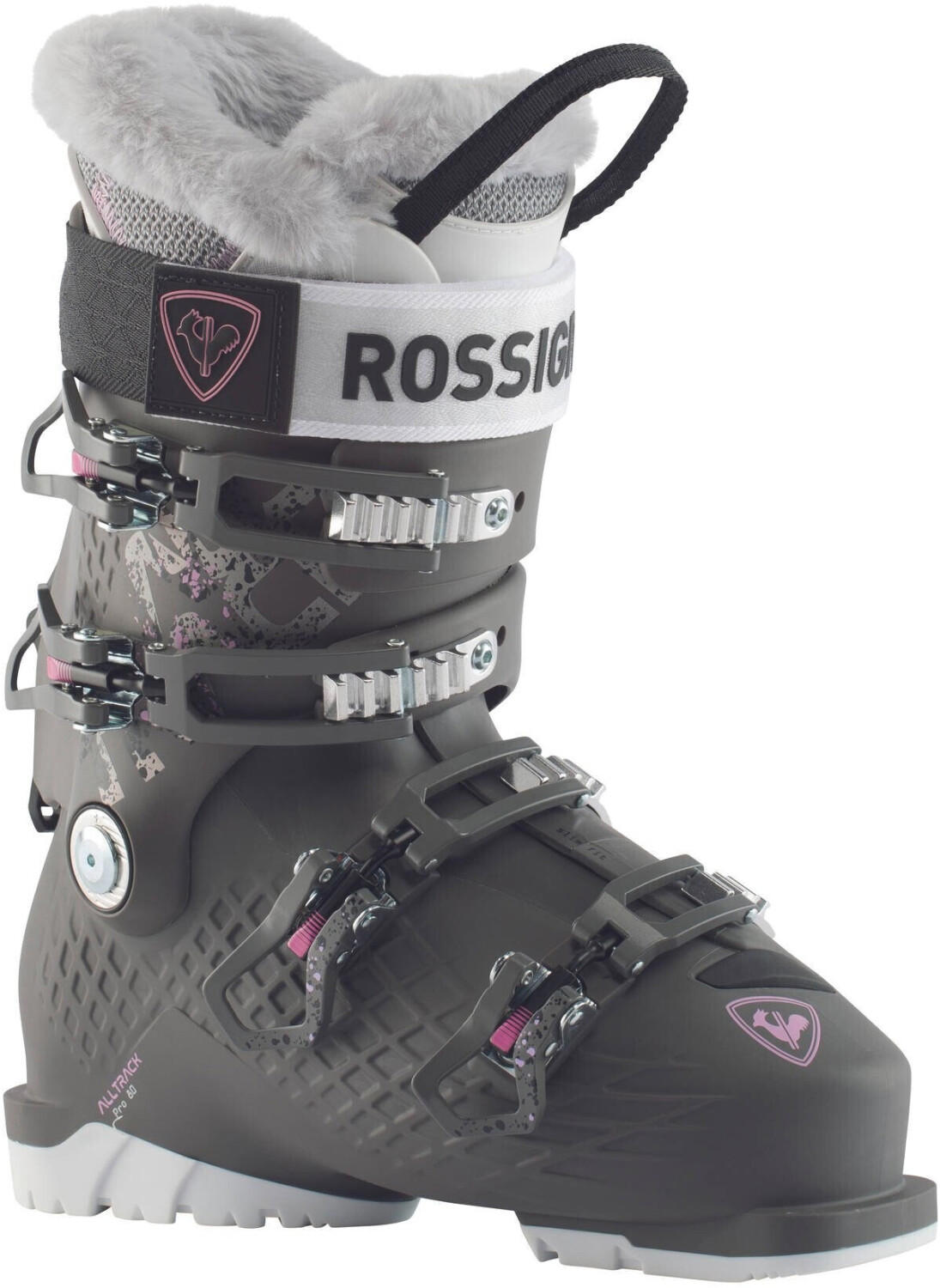
Boot stiffness adjustment
Boot stiffness determines the level of performance and response you will experience on the slopes. Generally, stiffer boots offer increased power transmission but may be less forgiving for beginners or less aggressive skiers. On the other hand, softer boots provide more flex and comfort, suitable for beginners or those who prefer a more relaxed skiing experience. Some top-notch ski boots on the market that offer excellent stiffness adjustment options are the Salomon X Max 130 and the Atomic Hawx Ultra 130. These boots feature a customizable flex, allowing you to fine-tune the stiffness to match your skiing style and preferences. Additionally, the Rossignol Alltrack Elite 130 and the Nordica Speedmachine 130 also offer adjustable stiffness along with other advanced features, making them ideal choices for advanced skiers seeking superior performance capabilities.

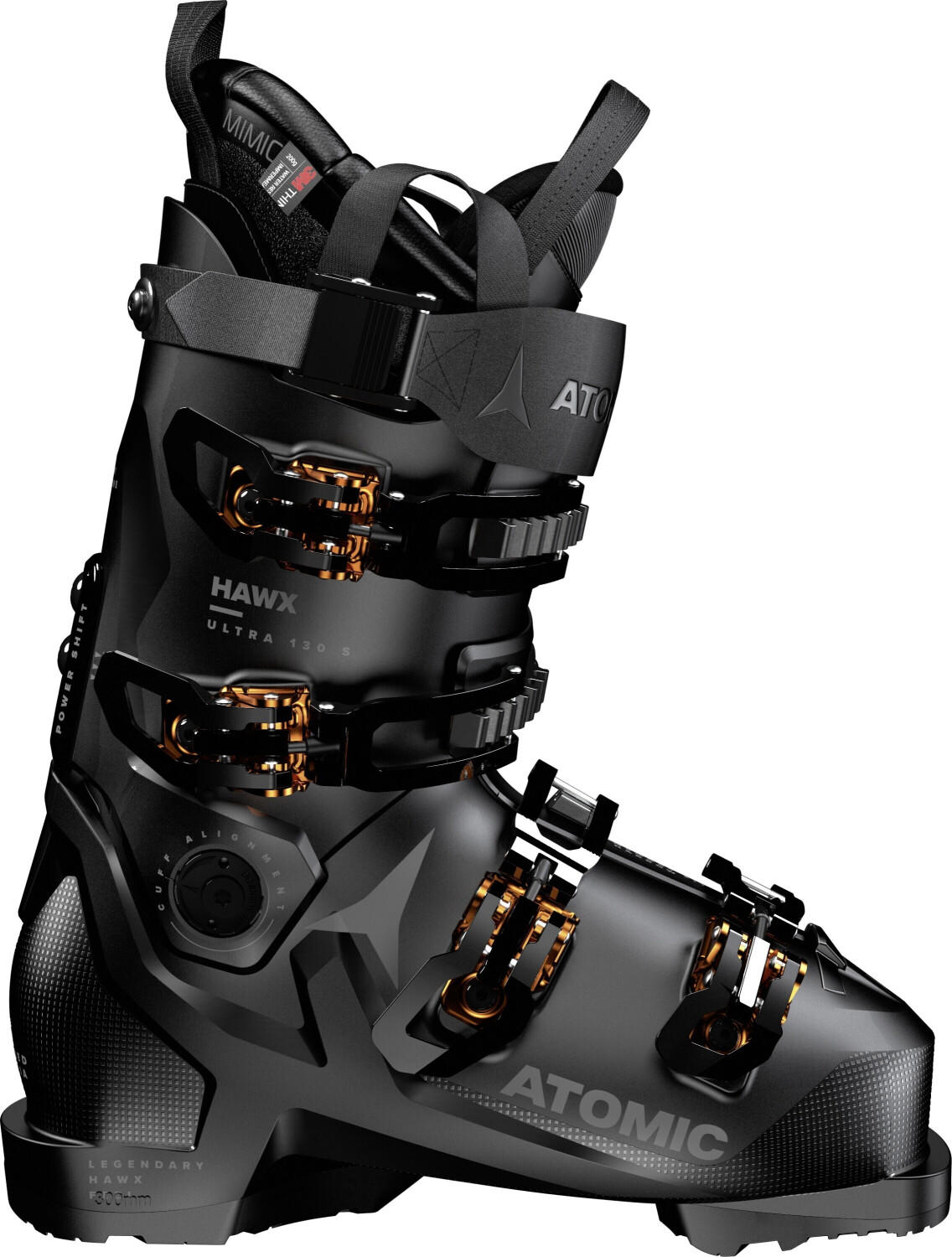


Boot volume
Boot volume refers to the overall amount of space within the boot and can greatly impact comfort and performance. It is essential to find boots that provide a snug and secure fit without causing any pressure points or discomfort. One example of a great ski boot option for those with a low volume foot is the Atomic Hawx Ultra XTD 110 W. Designed specifically for women, this boot features a narrow last and a lightweight construction, ensuring a precise fit for narrow feet without sacrificing on performance. For individuals with a high volume foot, the Salomon S/Pro 120 is an excellent choice. With a roomier last and customizable fit, this boot offers enhanced comfort for those needing a bit more space in their ski boots.
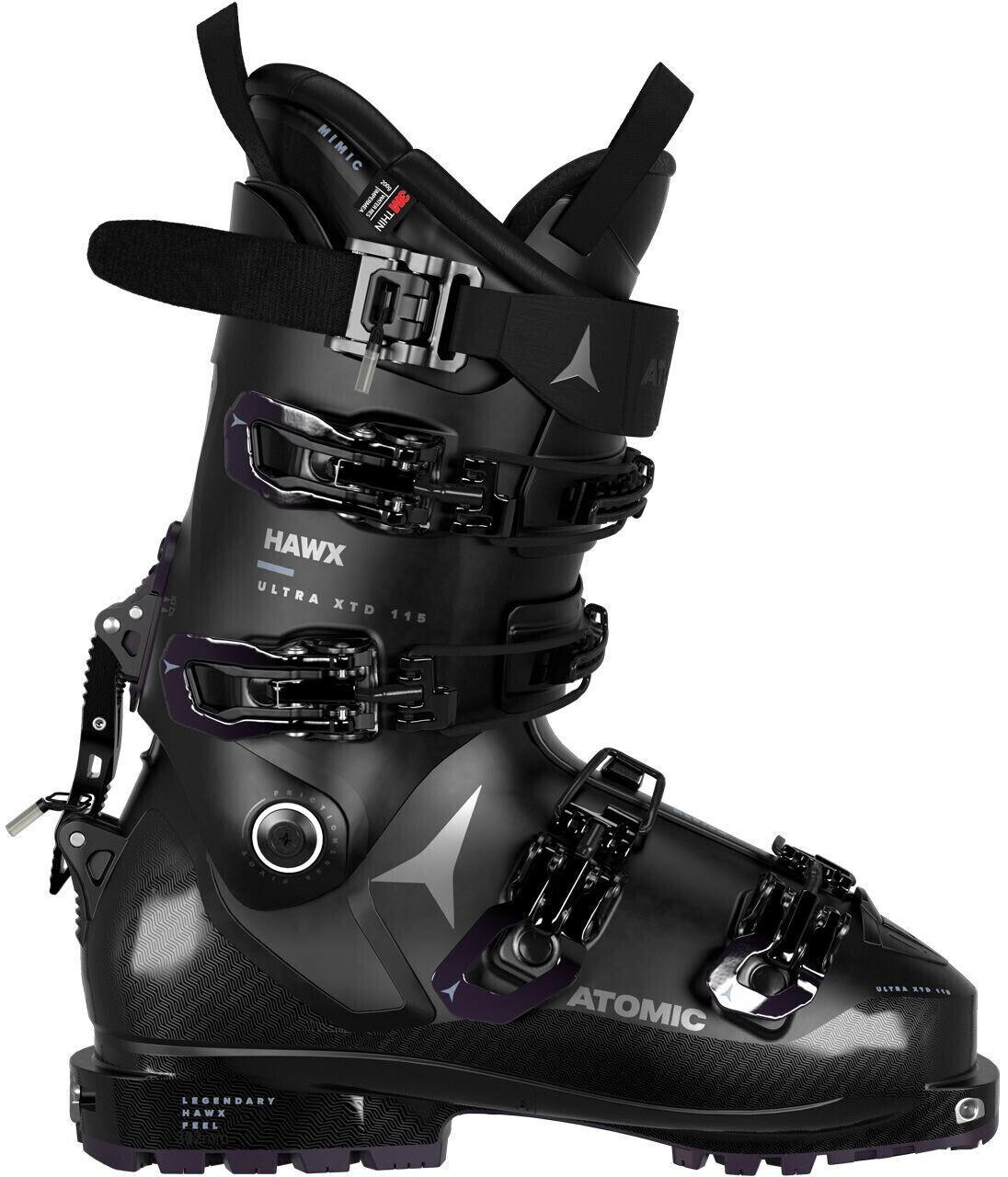
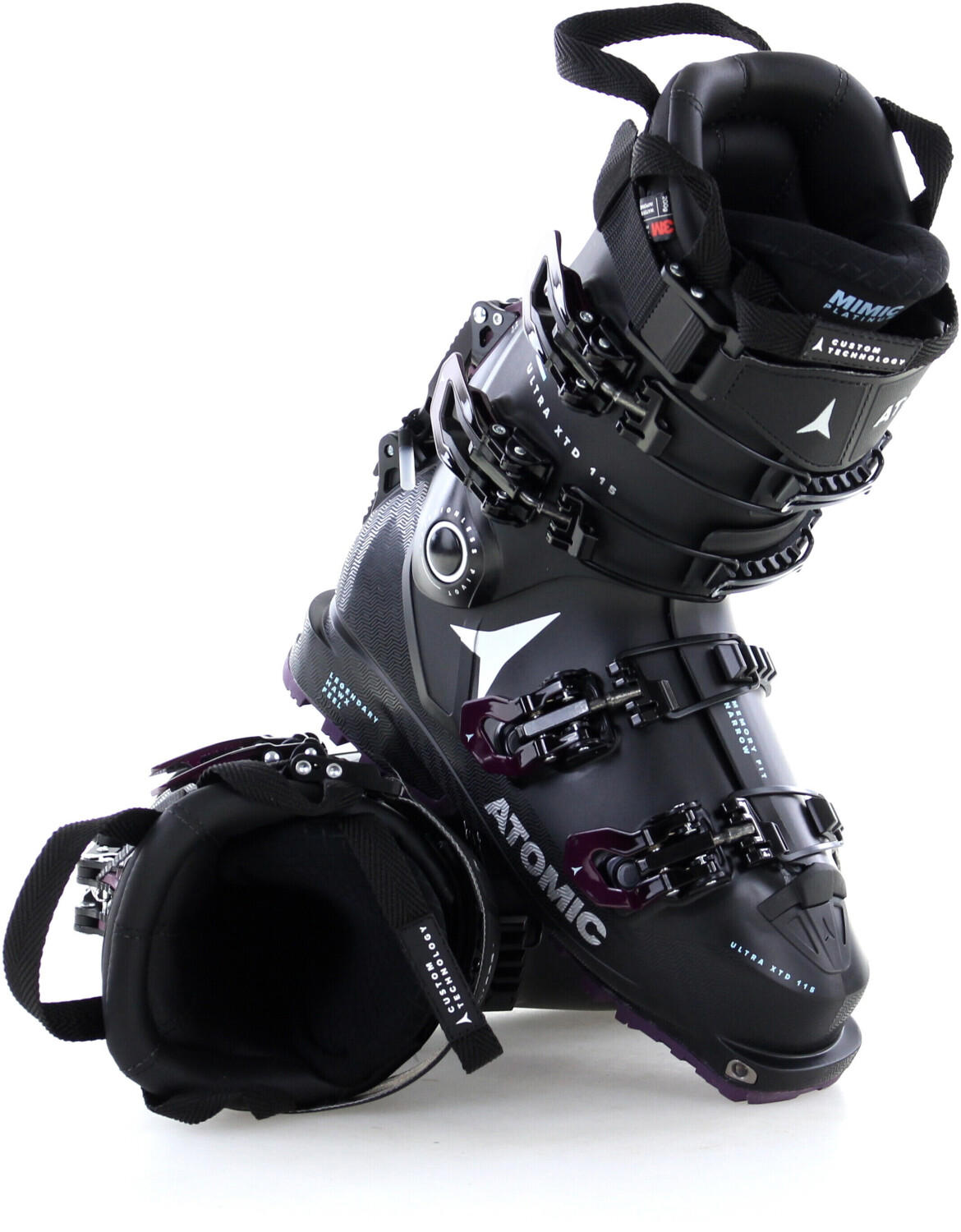
Footbed compatibility
Footbeds, also known as insoles, play a significant role in providing comfort, support, and stability while skiing. It is important to ensure that the ski boot you choose is compatible with the footbed you use or plan to use. Some ski boots come with integrated footbeds, while others require you to purchase separate ones. For those who prefer a custom-fit, heat-moldable ski boot, the Atomic Hawx Magna 130 S is a top choice. It is designed to accommodate custom insoles for enhanced comfort and personalized fit. For skiers seeking a top-performing all-mountain boot that is compatible with aftermarket footbeds, the Salomon S/PRO 130 HV is an excellent option. With a customizable shell fit and seamless liner integration, it allows you to easily replace the footbed with your preferred custom insoles.
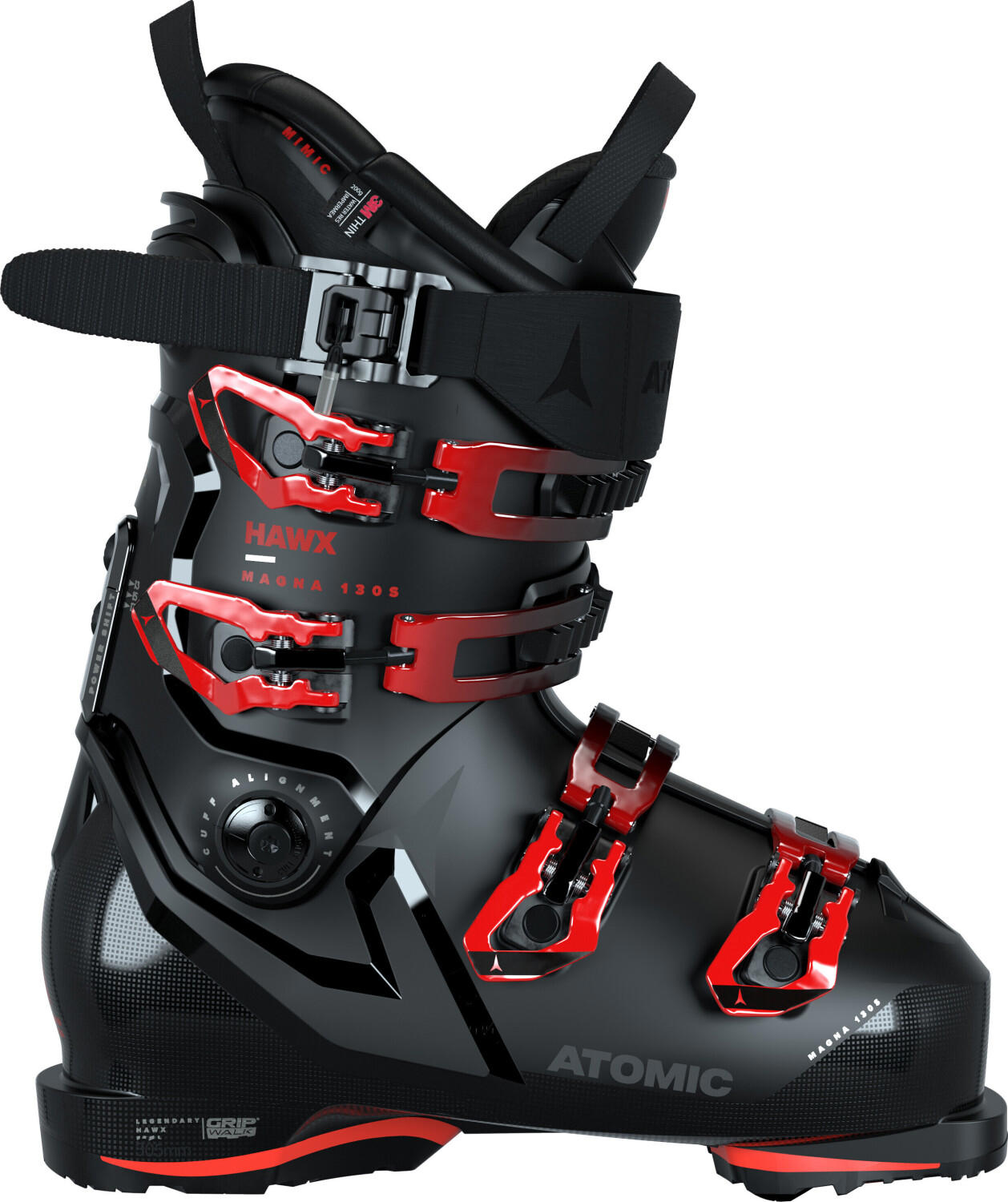
Ankle hold technology
This feature ensures that your ankles are properly supported and held securely in the boots, providing the necessary control and stability when skiing. One excellent product that offers superior ankle hold technology is the Atomic Hawx Prime XTD Ski Boot. It features Atomic's innovative Memory Fit technology which allows the liner, shell, and sole to mold perfectly to your foot, offering exceptional comfort and personalized fit. Another great option is the Salomon S/Pro 100 Ski Boot which utilizes Salomon's revolutionary Coreframe construction. The 360-degree customizable shell allows for precise wrapping of your foot and provides excellent hold on your ankles, enhancing control and power transmission. These boots are ideal for intermediate to advanced skiers seeking top-notch ankle hold technology in their ski boots.



Forward lean adjustment
This feature allows skiers to adjust the angle of their boots forward or backward, depending on their skiing style and preference. For example, the Salomon X-Pro 120 ski boots boast an adjustable forward lean of between 11 and 17 degrees. This flexibility allows skiers to customize their position and improve performance. Another great option is the Atomic Hawx Ultra XTD 130, which offers a progressive cuff flex with an adjustable forward lean that ranges from 13 to 15 degrees. These boots provide a customizable fit and optimal control on the slopes. Other ski boot options on the market with forward lean adjustment include popular models from brands like Lange, Rossignol, and Tecnica.


Power strap
This is a strap that wraps around the top of the boot, providing additional support and stability. A quality power strap will help to keep the foot firmly in place and transfer the energy efficiently to the ski. One example of a ski boot with a reliable power strap is the Atomic Hawx Prime 120 S. This boot features a sturdy power strap that can be easily adjusted for a custom fit. Another option is the Salomon S/Pro 120, which has a power strap that offers excellent support and allows for precise control while skiing. These boots are designed for advanced skiers who need maximum power and support on the slopes.



Boot sole length adjustment
This feature allows for a customized fit and optimal performance on the slopes. One excellent option that provides an adjustable boot sole length feature is the Salomon S/PRO X90. This ski boot has a hike and ride switch, allowing for instant boot sole length adjustment when transitioning from uphill to downhill skiing. Another great choice is the Atomic Hawx Ultra XTD 120. It comes with a multientechnology system that allows for perfect boot sole length adjustment, ensuring comfort and performance for skiers. Both of these options provide the necessary flexibility and control for a seamless skiing experience on various terrains.

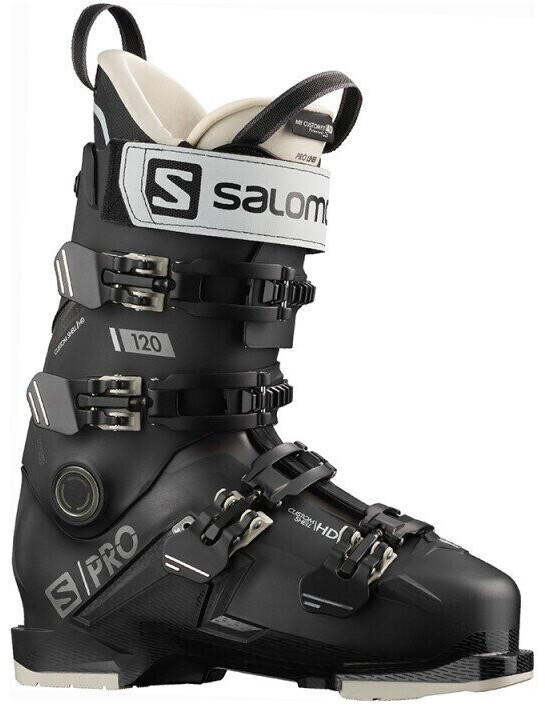
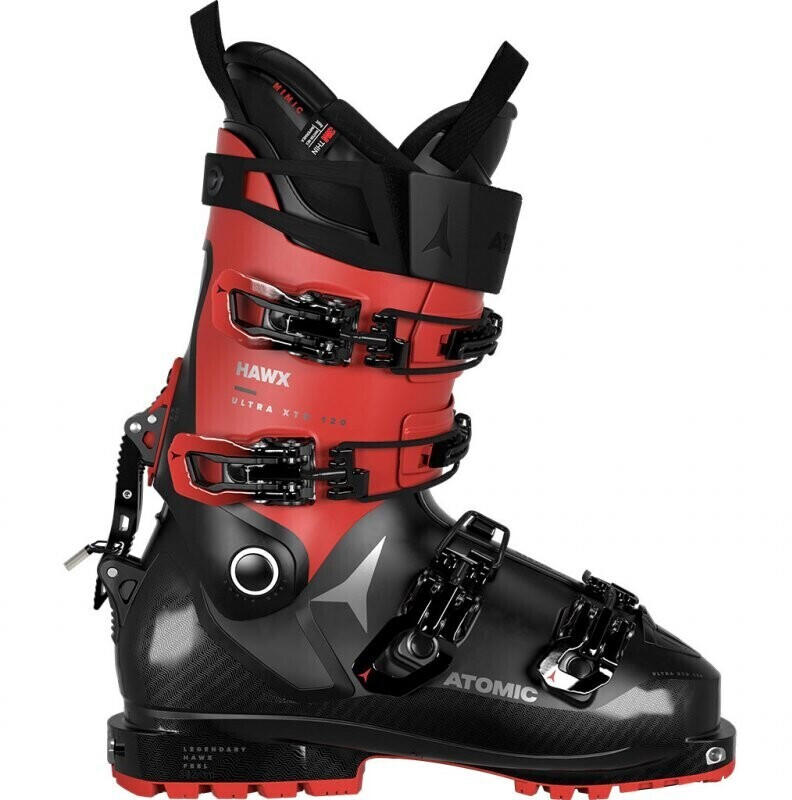
Boot insulation
Insulation helps to keep your feet warm by trapping the natural heat your body generates. One popular choice for superior insulation is the Thermolite Insulation system, a synthetic insulating material designed to provide warmth even in wet conditions. Another excellent option is the Primaloft Insulation, known for its lightweight and breathable properties while still maintaining optimal warmth.
For those who often face extremely low temperatures, there are specialized ski boots with extra insulation designed for extreme cold conditions. These boots, such as the Arctic GTX Insulated Ski Boots by Tecnica, feature advanced insulation technologies like Gore-Tex insulation, providing exceptional warmth and waterproofing capabilities. Insulated ski boots are available across different price ranges and brands such as Rossignol, Salomon, and Nordica, ensuring you can find a suitable pair that meets your skiing needs.
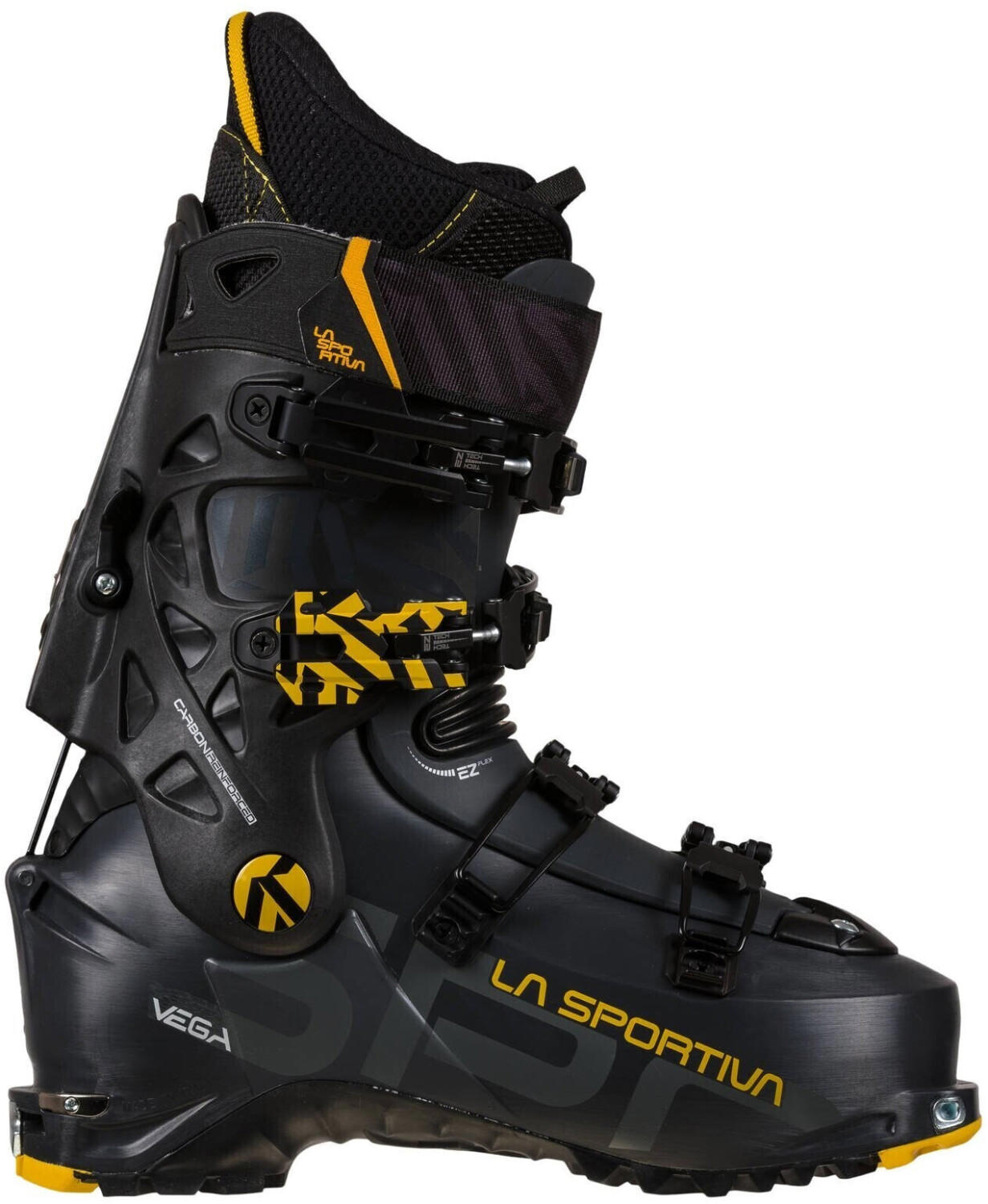
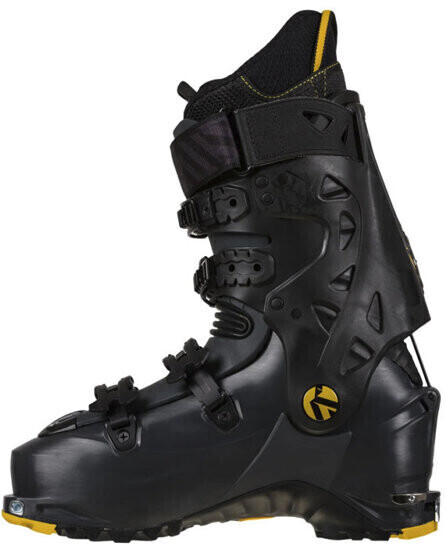
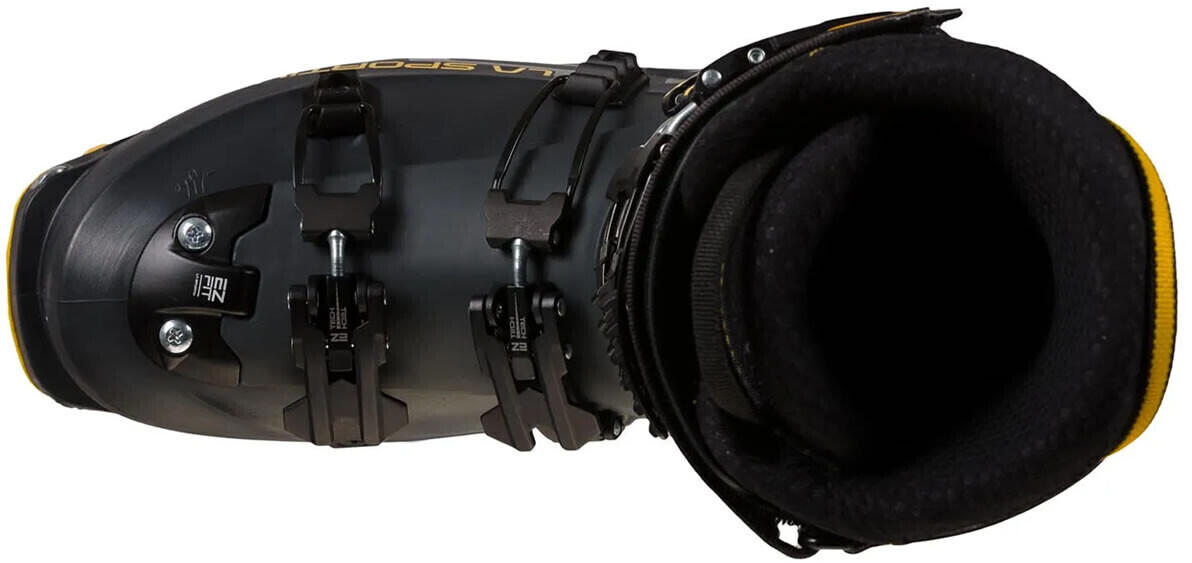
Inner boot lace adjustment
This feature allows for a more customized fit and increased comfort. Some ski boot models that offer this adjustment include the Salomon X Access 70 and the Nordica Sport Machine 65. These boots are designed with a special inner lining that can be tightened or loosened using the lace adjustment system, ensuring the perfect fit for your foot. The Salomon X Access 70 even incorporates a slide lock system that holds the lace in place, preventing any loosening during skiing. If you're looking for ski boots with inner boot lace adjustment, these models are definitely worth considering.

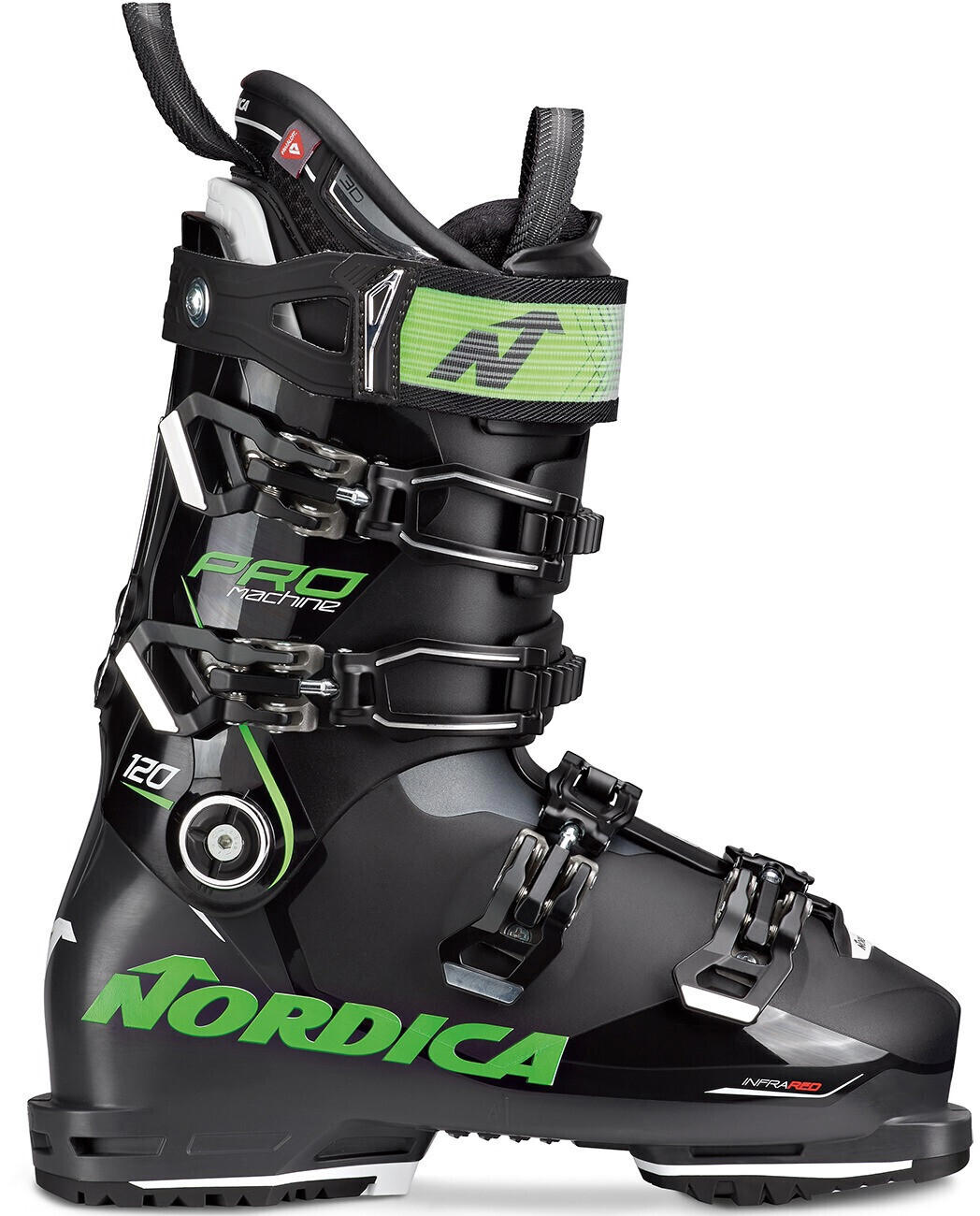
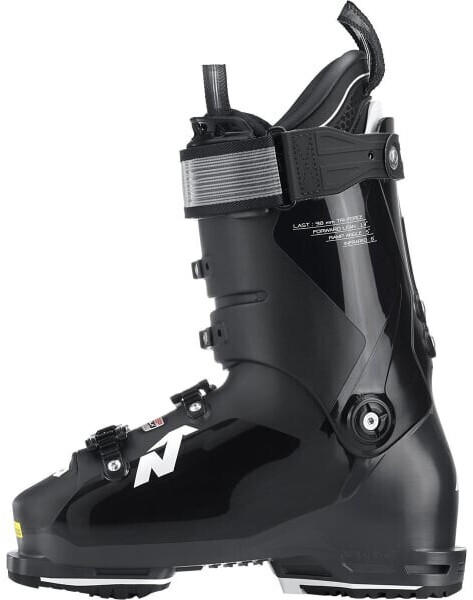
Boot sole thickness
This is crucial because it affects the skier's performance and comfort. Thick boot soles provide better stability and power transmission, making them ideal for advanced skiers. However, they may feel less responsive and limit the skier's agility on the slopes. On the other hand, thin boot soles offer more flexibility and improved sensitivity, which is beneficial for freestyle or intermediate skiers seeking better control and maneuverability.
For those looking for thick boot soles, consider the Salomon X Pro 100 ski boots. With a sole thickness of 30mm, these boots provide strong power transmission, making them suitable for aggressive skiers. Alternatively, for riders wanting a thinner sole, the Atomic Hawx Prime 100 is a great choice. With a 25mm sole thickness, these boots maintain a good balance of flexibility and stability, making them perfect for skiers on intermediate levels.
It is important to choose ski boots with the appropriate boot sole thickness that matches your skiing style and ability level for optimal performance on the slopes.
Boot durability
A durable boot is essential as it not only withstands the rigors of skiing but is also built to last for several seasons. Look for boots made with high-quality materials such as polyurethane or polyethylene shells and double-stitched seams. The Atomic Hawx Magna 130 S is an excellent example of a highly durable ski boot. It features a reinforced shell construction for enhanced durability and a progressive flex, providing power while maintaining its resilience. The Salomon S/Pro 120 is another durable option, designed with materials like polyurethane and a weather-resistant lateral reinforcement to enhance its lifespan. These boots offer longevity without compromising performance on the slopes. Remember, selecting ski boots that prioritize durability ensures you can enjoy skiing for years to come.

Expert recommendations.
Many experienced skiers rely on high-performance boots such as the Atomic Hawx Ultra 130 S or the Salomon S/Pro 130 for their exceptional responsiveness and precise control on the slopes. These expert-level boots are designed with features like a flex rating of 130, allowing for optimal power transmission and stability at high speeds. They are also equipped with customizable shell options, thermoformable liners, and sturdy buckles that ensure a snug and secure fit, minimizing the chance of discomfort or injury during intense skiing sessions.
When considering expert recommendations, it is important to keep in mind the different segments of ski boots available on the market. For aggressive ski racers, boots like the Fischer RC4 Podium GT or the Rossignol Hero Master are highly regarded for their race-specific characteristics. These boots offer a narrow last, stiff flex, and advanced features like a lace-up liner in the case of the Fischer RC4 Podium GT, facilitating the optimal power transfer and control needed in competitive skiing. Freestyle skiers, on the other hand, prefer boots like the Dalbello Panterra 120 I.D. or the Nordica Strider 120 DYN, which combine performance with comfort and versatility. These boots are designed with a freestyle-oriented flex and wider last, making them suitable for off-piste and park skiing. Expert recommendations in each segment ensures that you find the ski boots best suited to your skiing style and level of expertise.

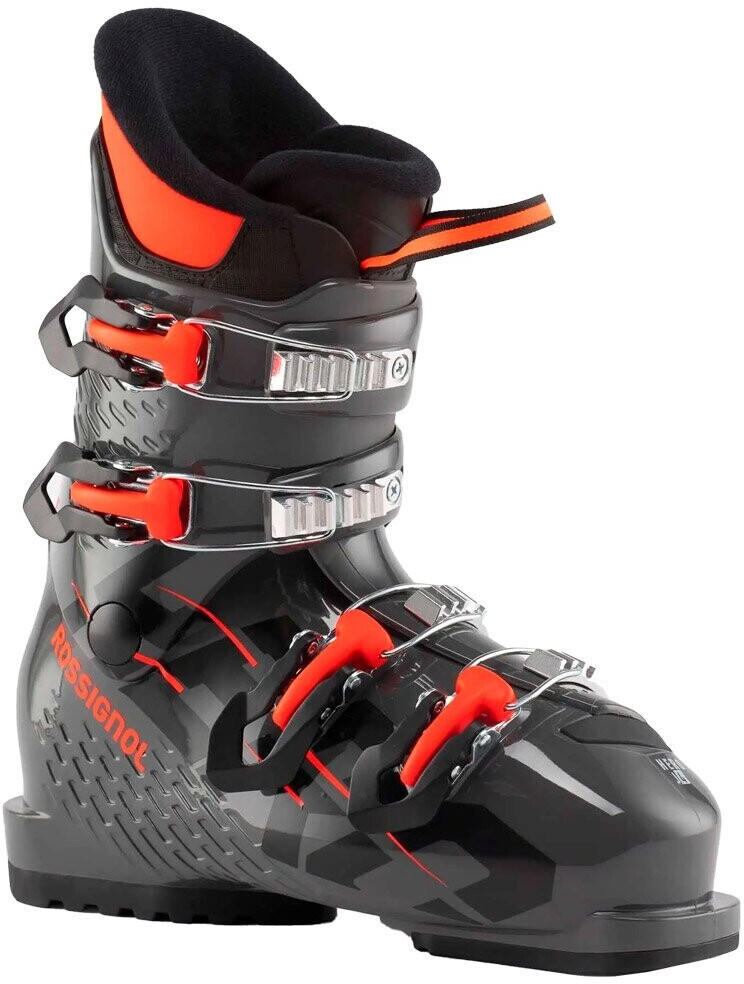
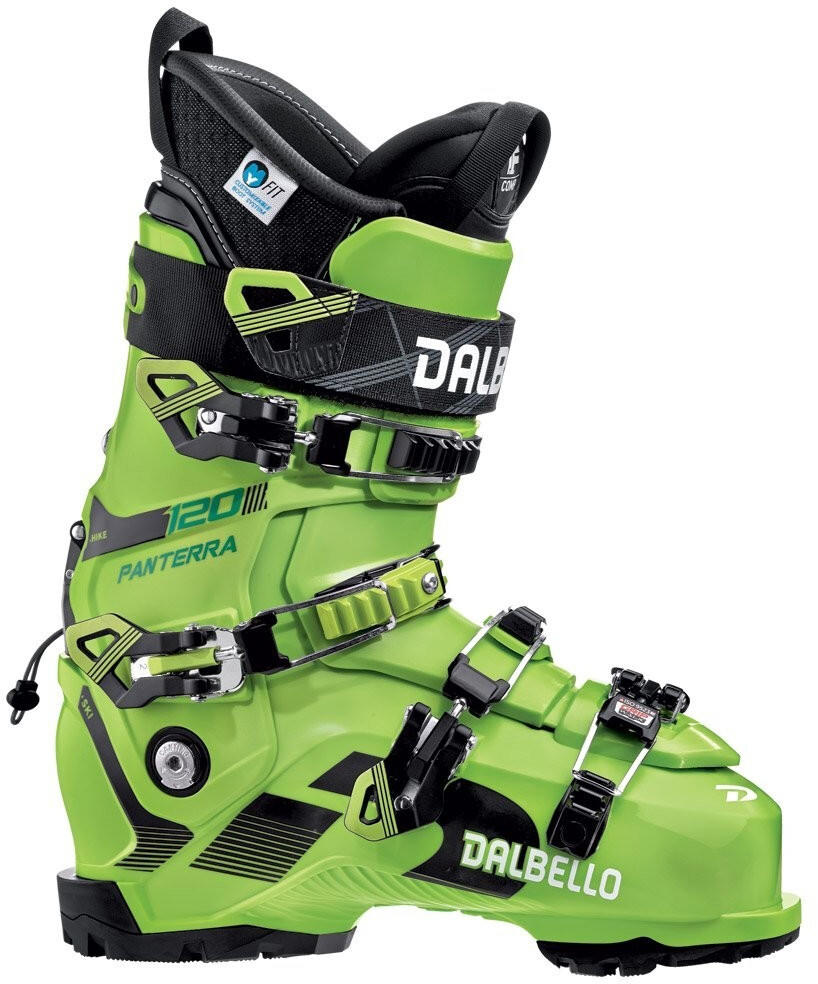

Price
Ski boots can vary greatly in price, with some high-end models costing several hundreds of dollars, while others are more affordable without compromising on quality. In terms of budget-friendly options, the Atomic Hawx Ultra 120 is a great choice, offering a medium flex and a customizable fit for optimal performance. Another affordable option is the Rossignol Track 80, which features a comfortable fit and a flex index of 80. On the higher end of the price spectrum, the Salomon S/Pro 130 provides expert-level performance with a flex index of 130, perfect for aggressive skiers seeking precision and control. It is essential to consider the right price range when selecting ski boots, as it ultimately ensures the best value for your money.


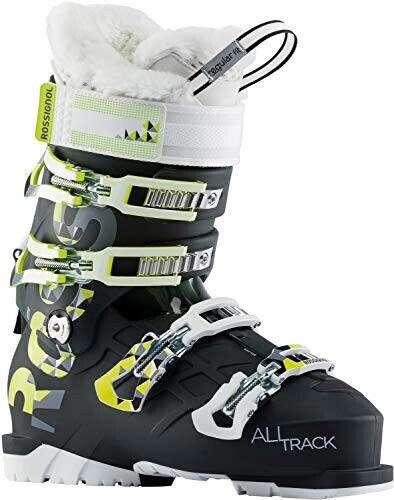
Variety of brands
Each brand offers its own unique features and specifications, catering to different skiers' needs and preferences. One popular brand known for its high-performance and advanced technology is Salomon. They are renowned for their precision and control, making them a favorite among expert skiers. On the other hand, the brand Atomic is known for its versatility and comfort, making it suitable for skiers of all levels. Another top contender in the market is Rossignol with its emphasis on fit and performance, ensuring a comfortable and efficient skiing experience.
Brands within the ski boot market can be further segmented based on the specific type of skiing they cater to. For example, Fischer specializes in ski boots for cross-country skiing, with assets such as a classic flex pattern and lightweight design to enhance performance in this discipline. For those seeking a more freestyle skiing experience, brands like Full Tilt offer boots with a customizable flex and superior shock absorption. Finally, if you are an alpine touring enthusiast, brands like Scarpa have developed ski boots specifically for this purpose, featuring a walk mode and tech fittings for climbing uphill.
While the variety of brands may seem overwhelming, it also presents an opportunity to find the perfect ski boot that caters to your individual skiing style and preferences. It is important to thoroughly research and consider the unique offerings and specifications of each brand, ensuring that you choose the best ski boot for your needs.